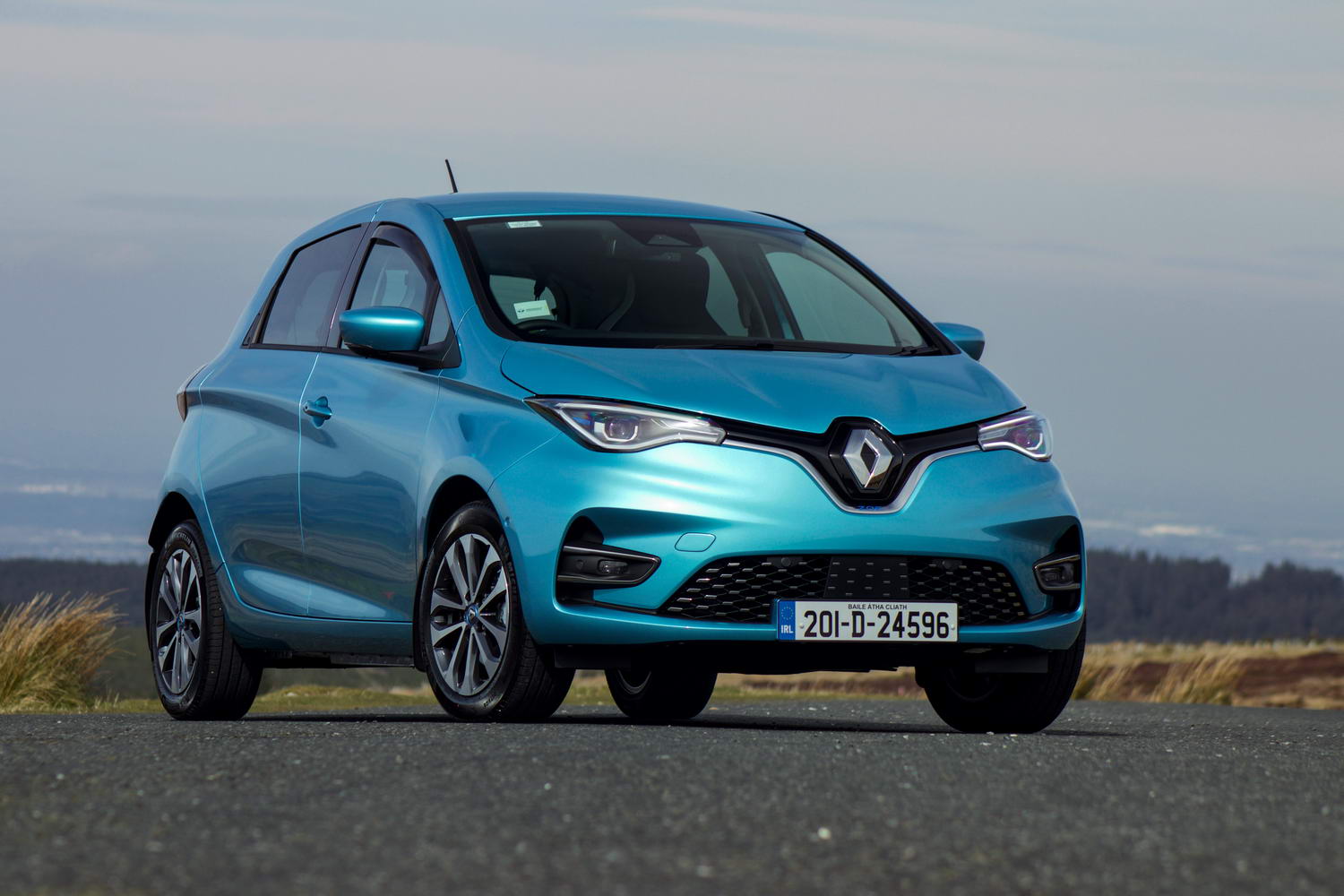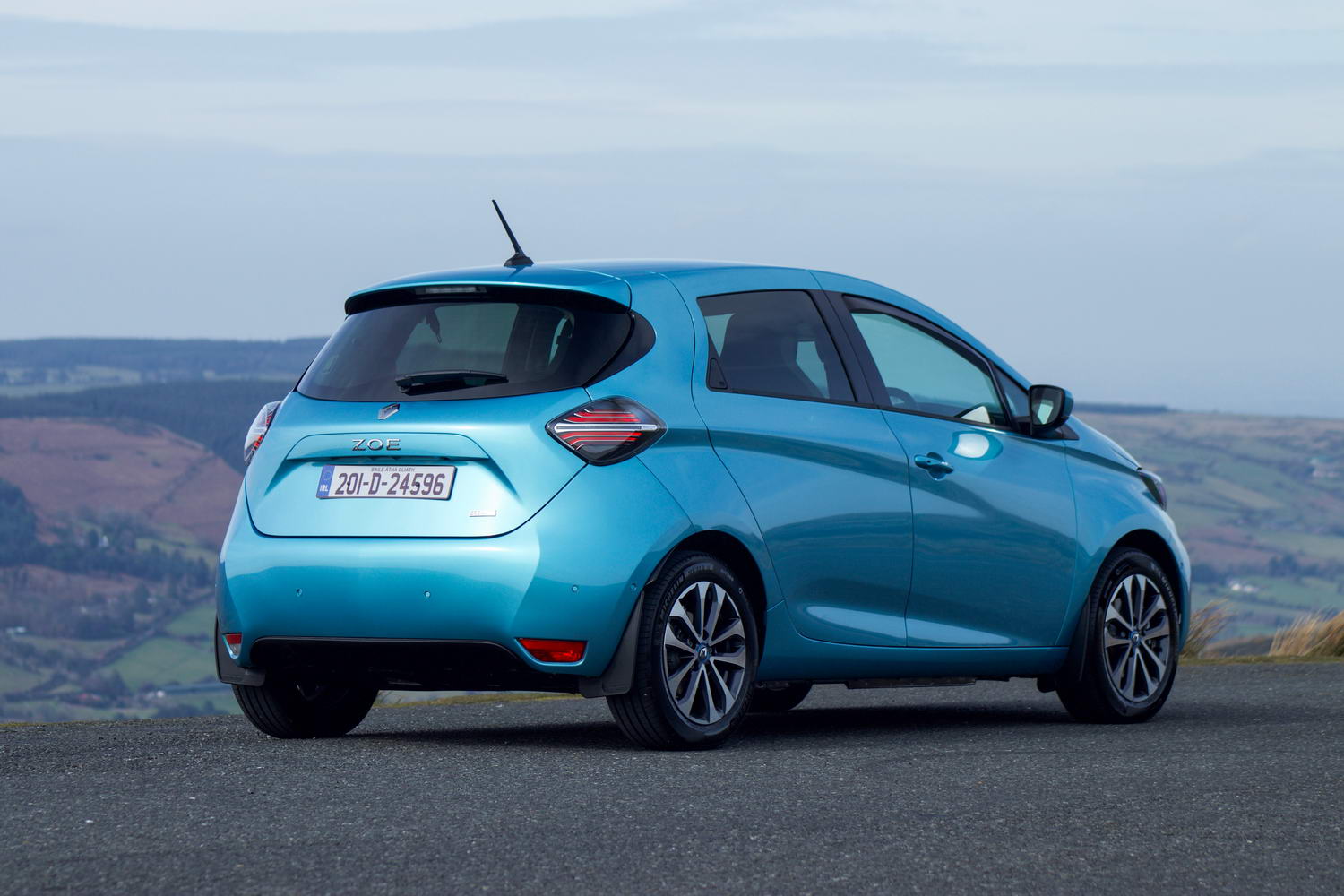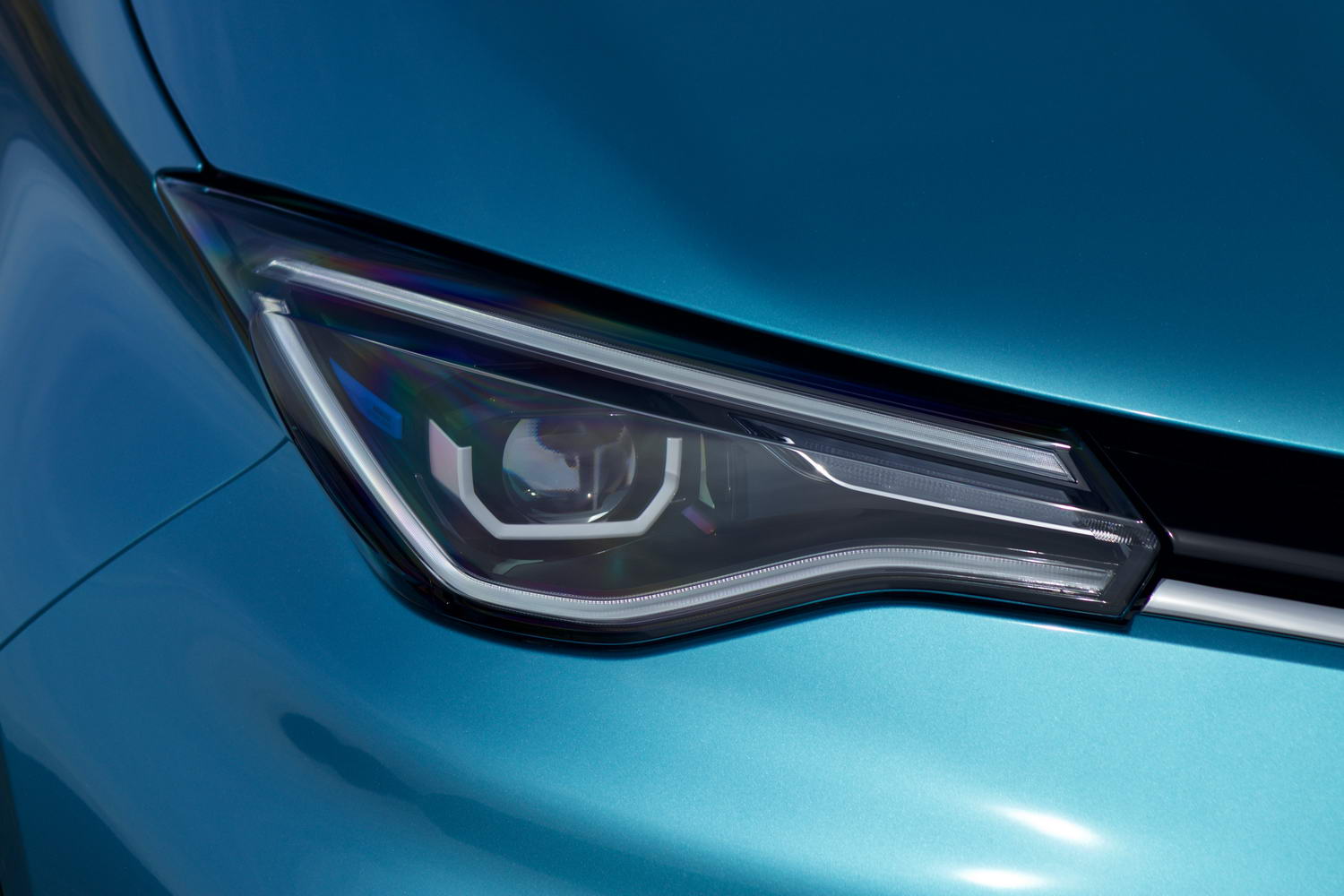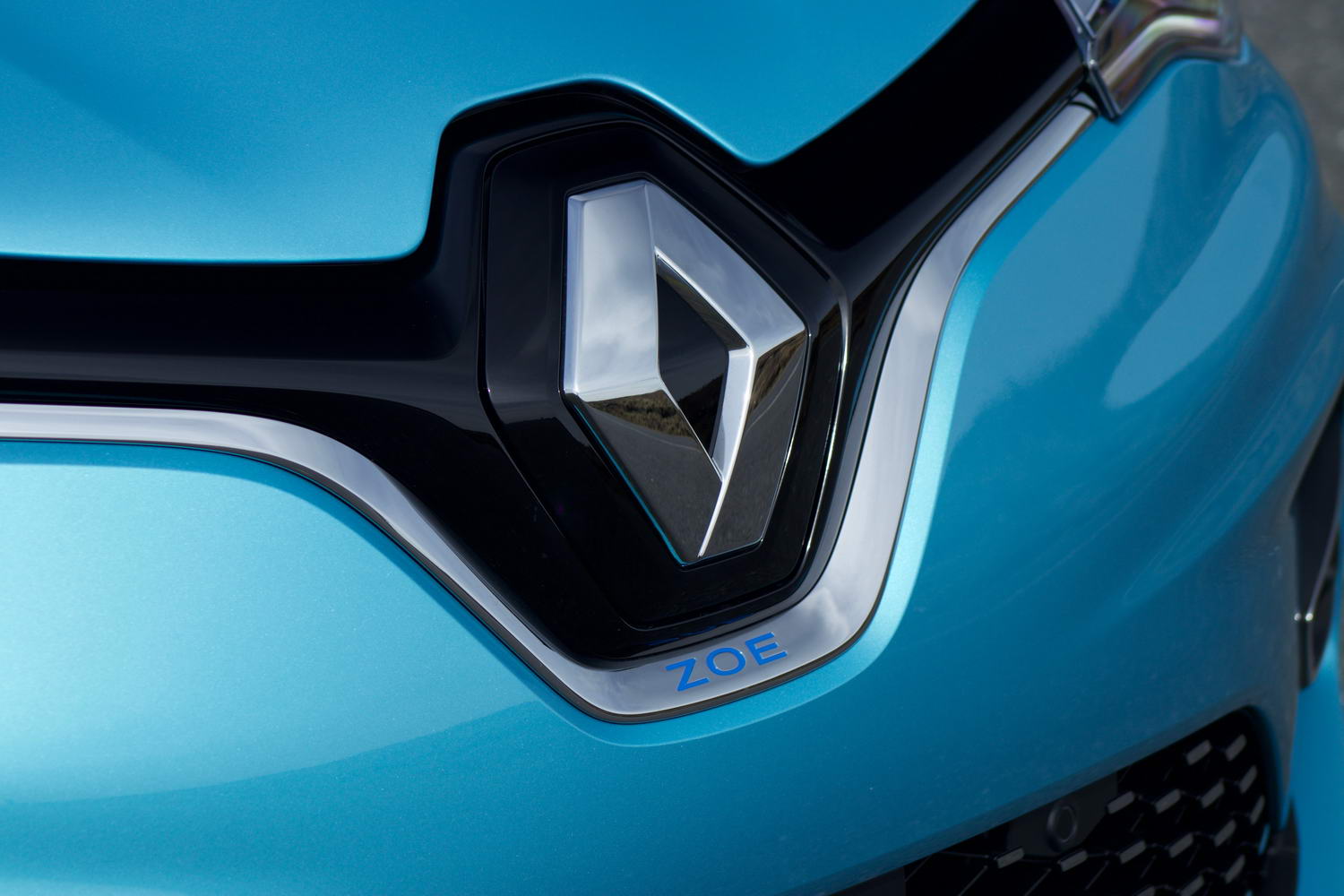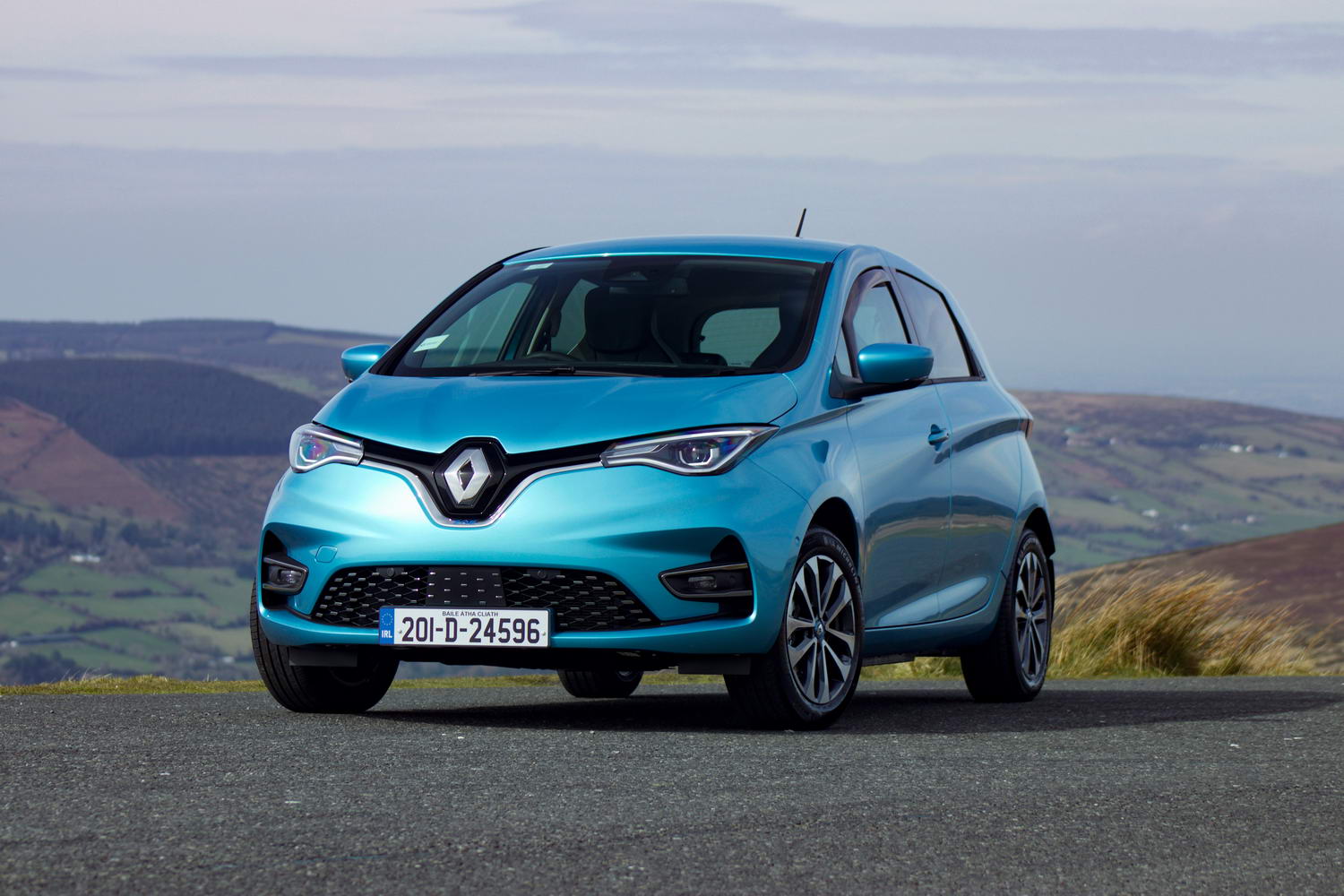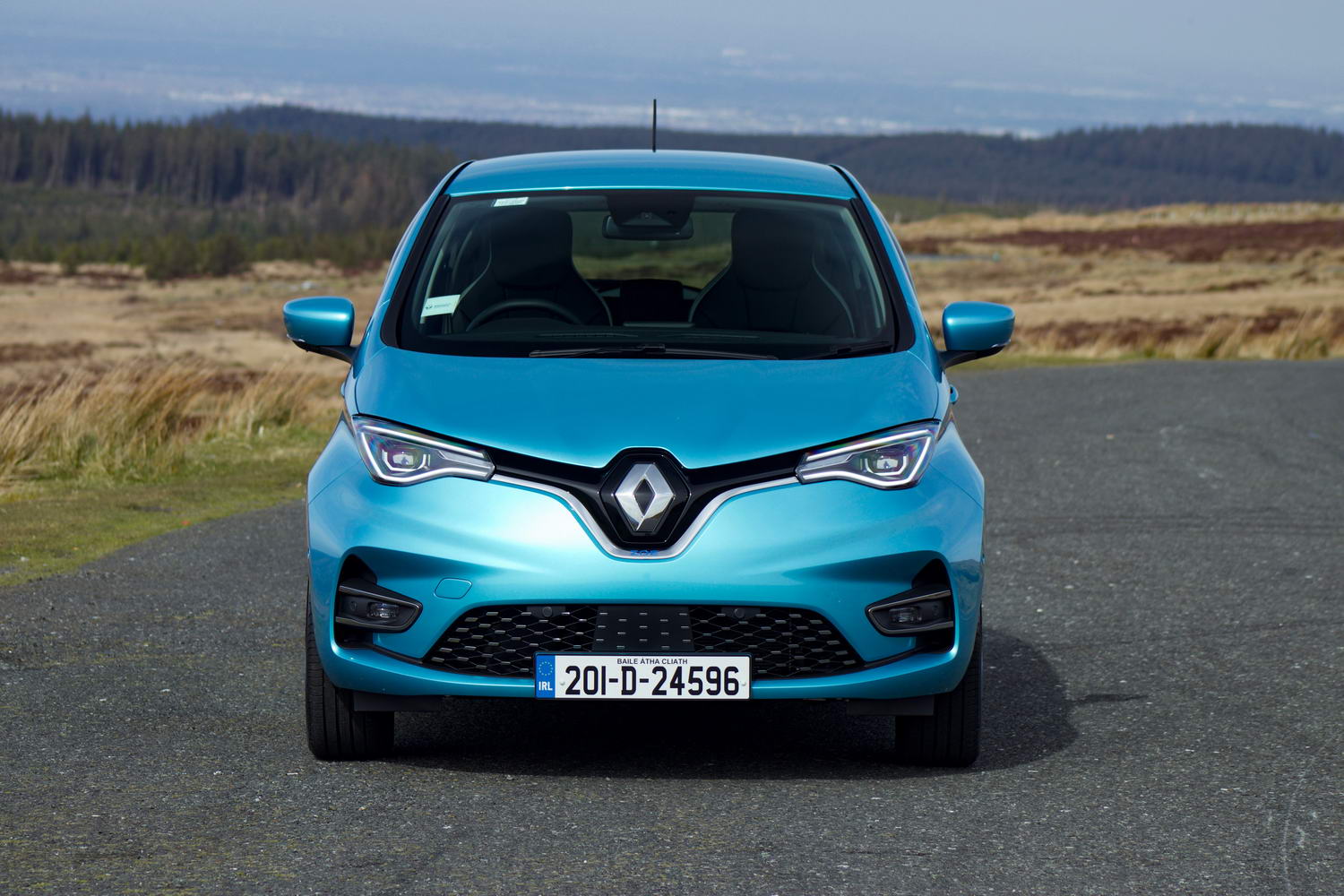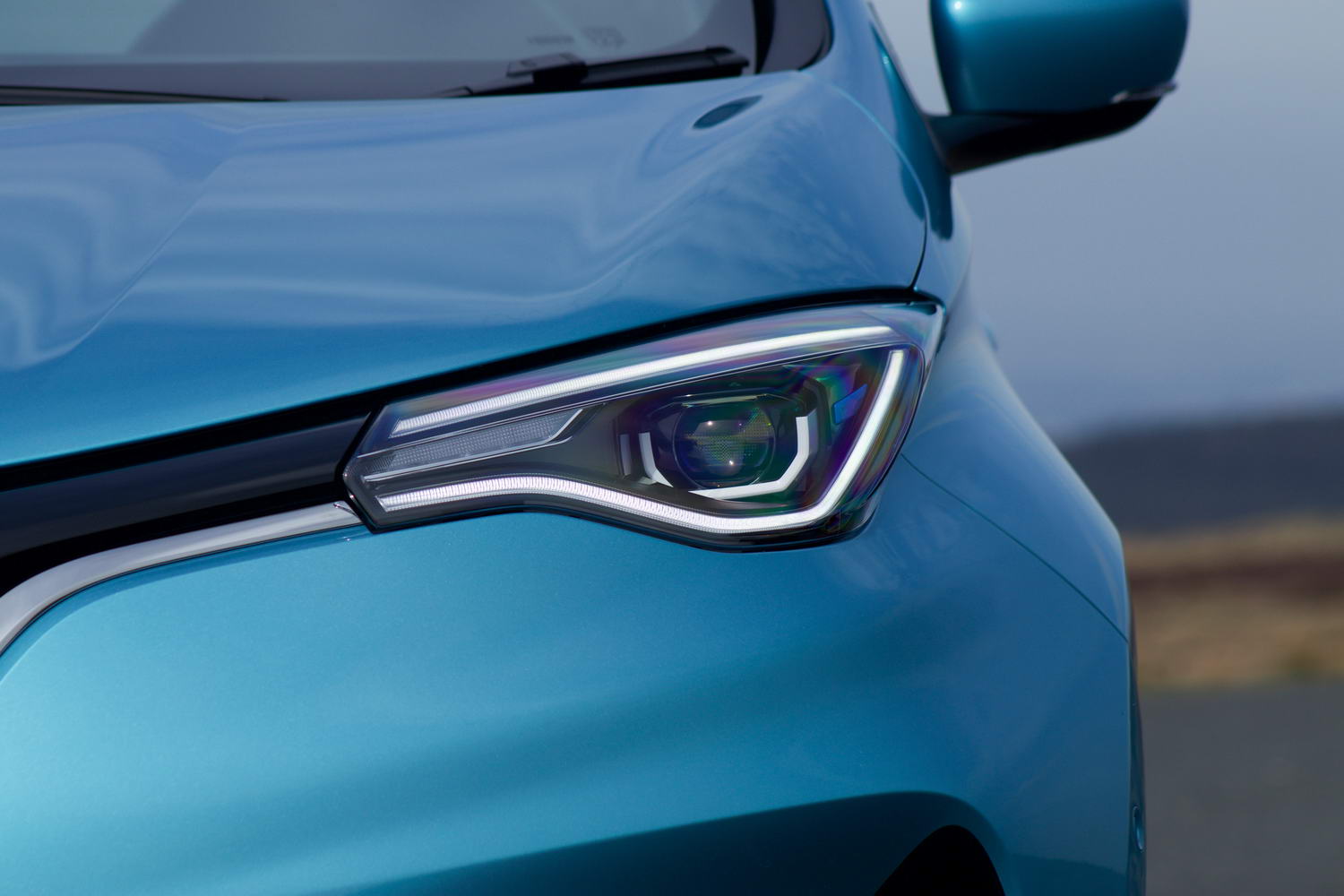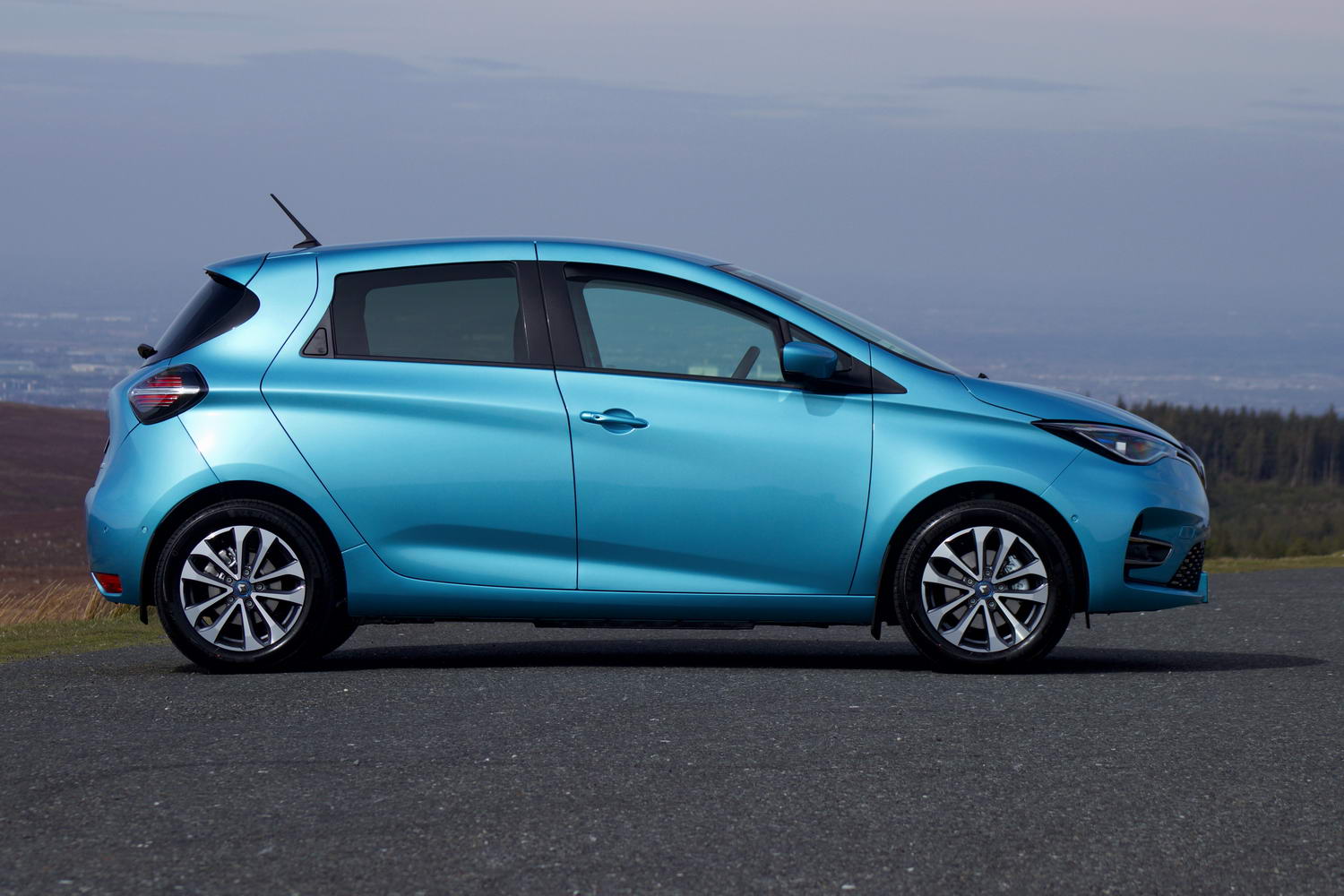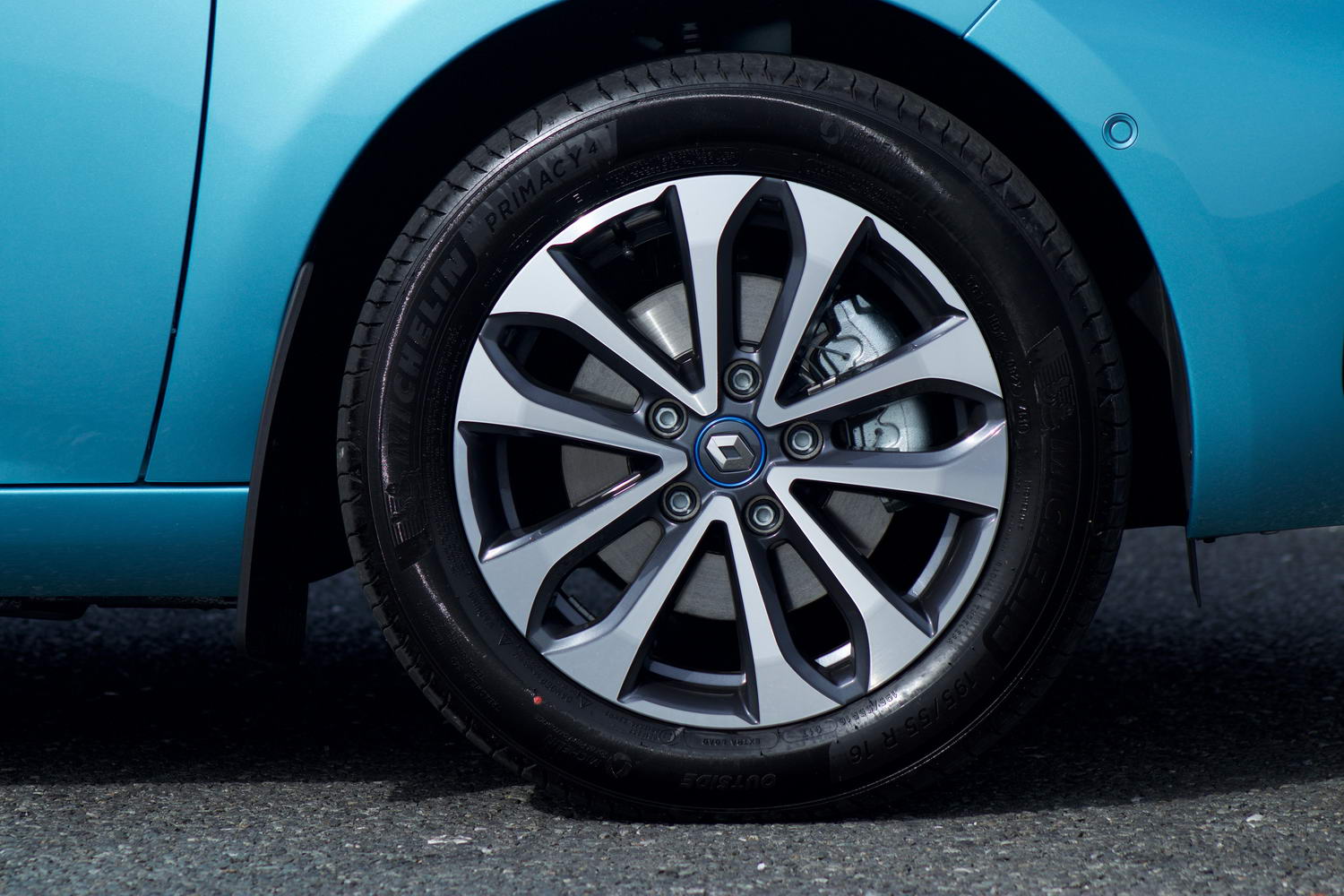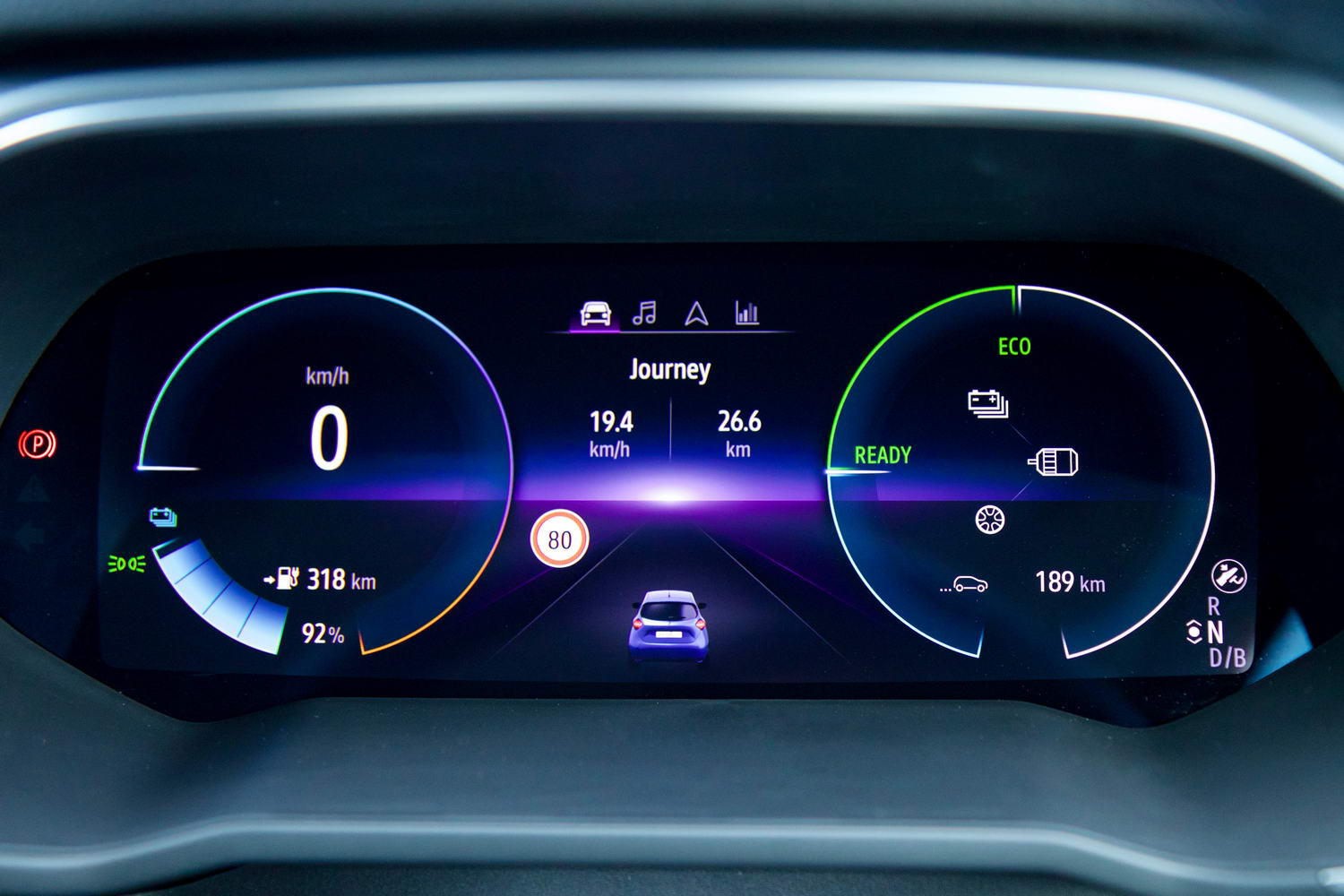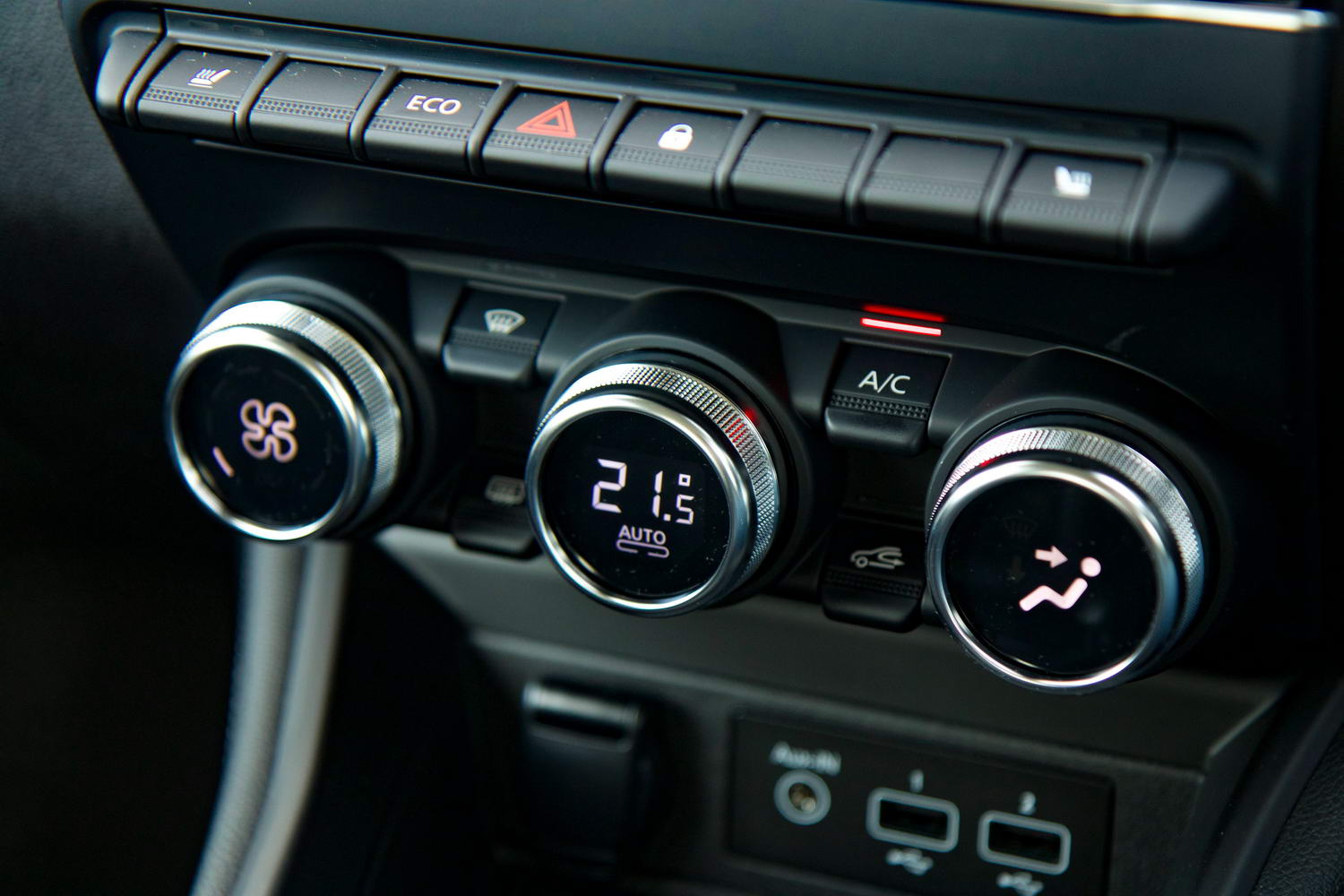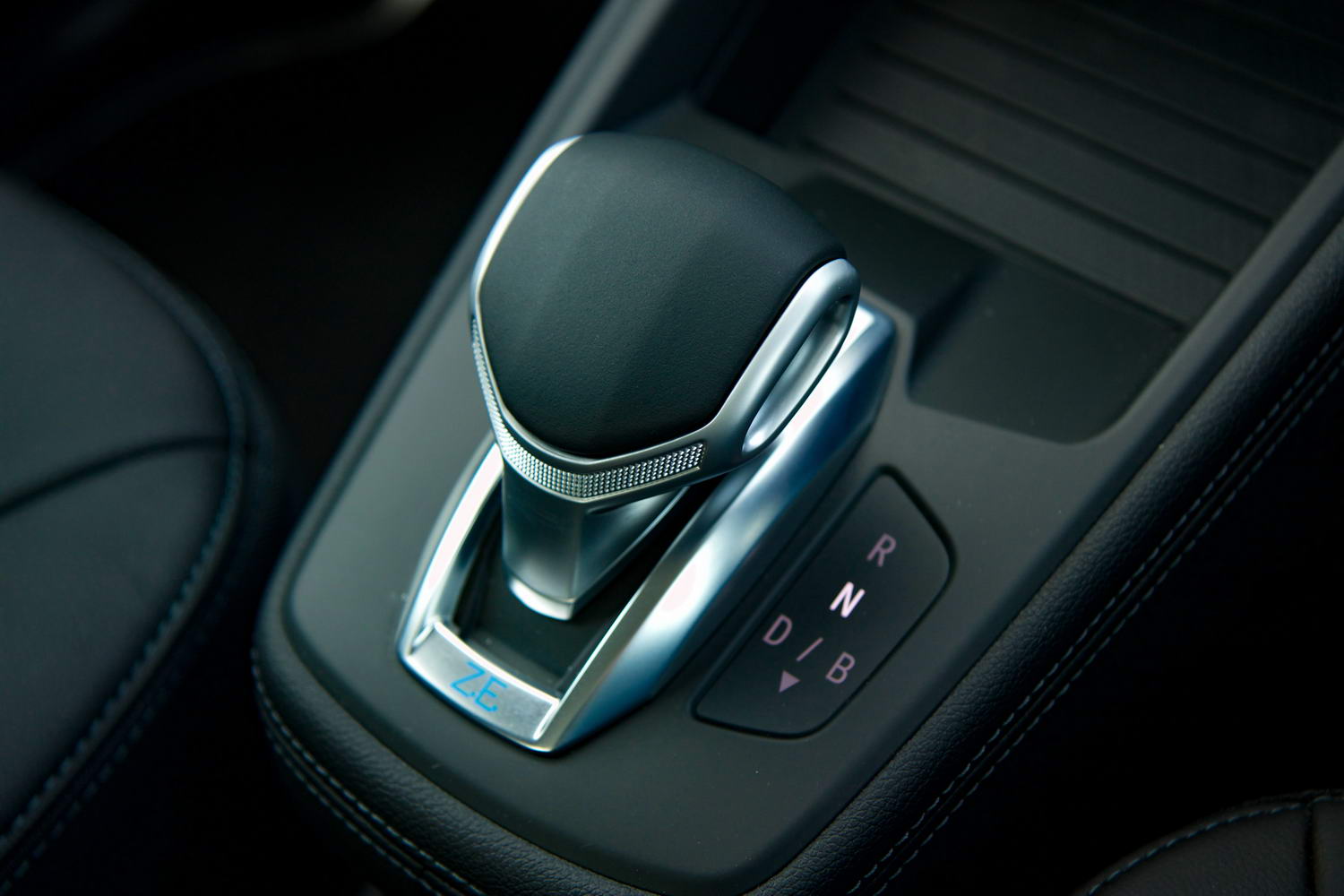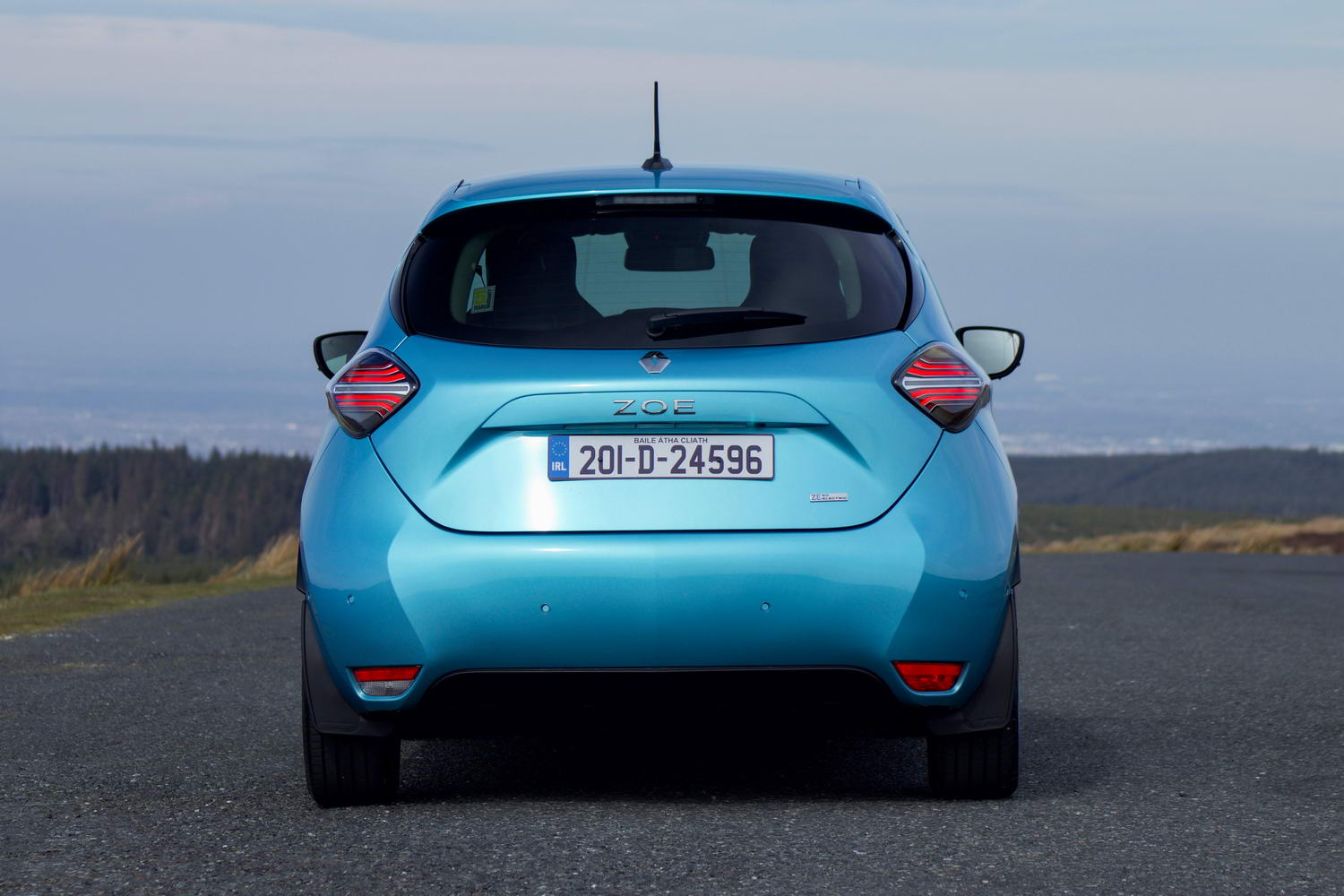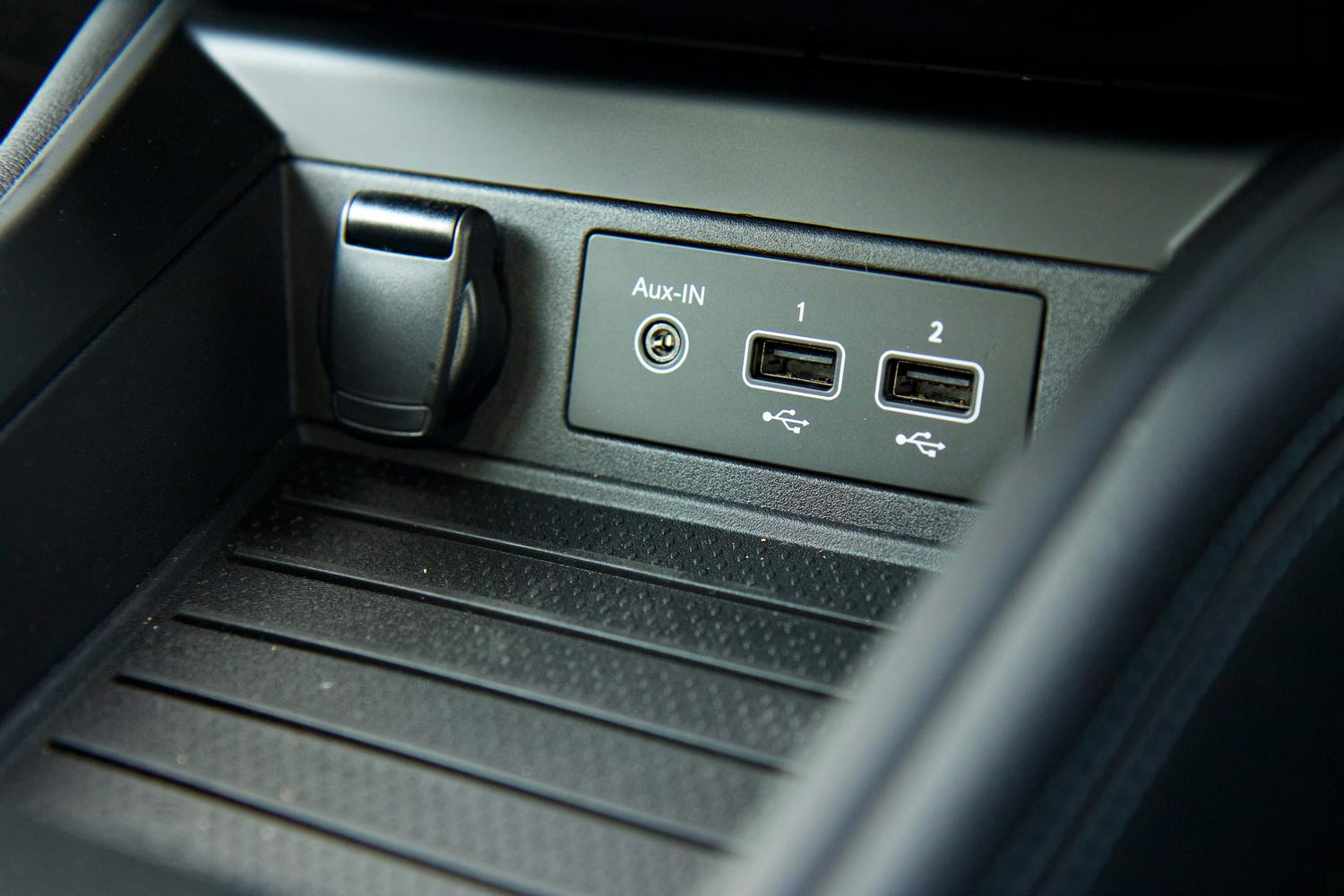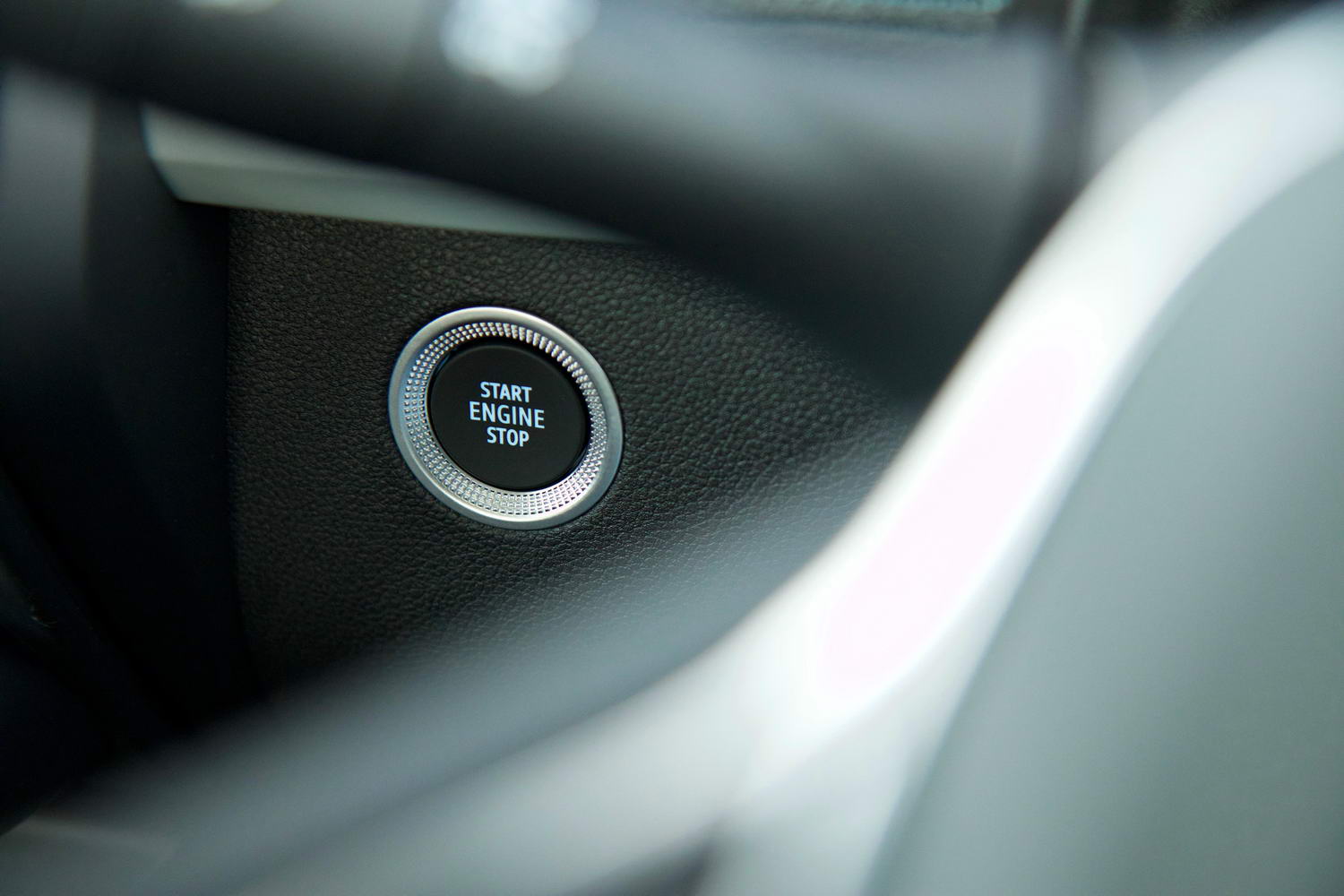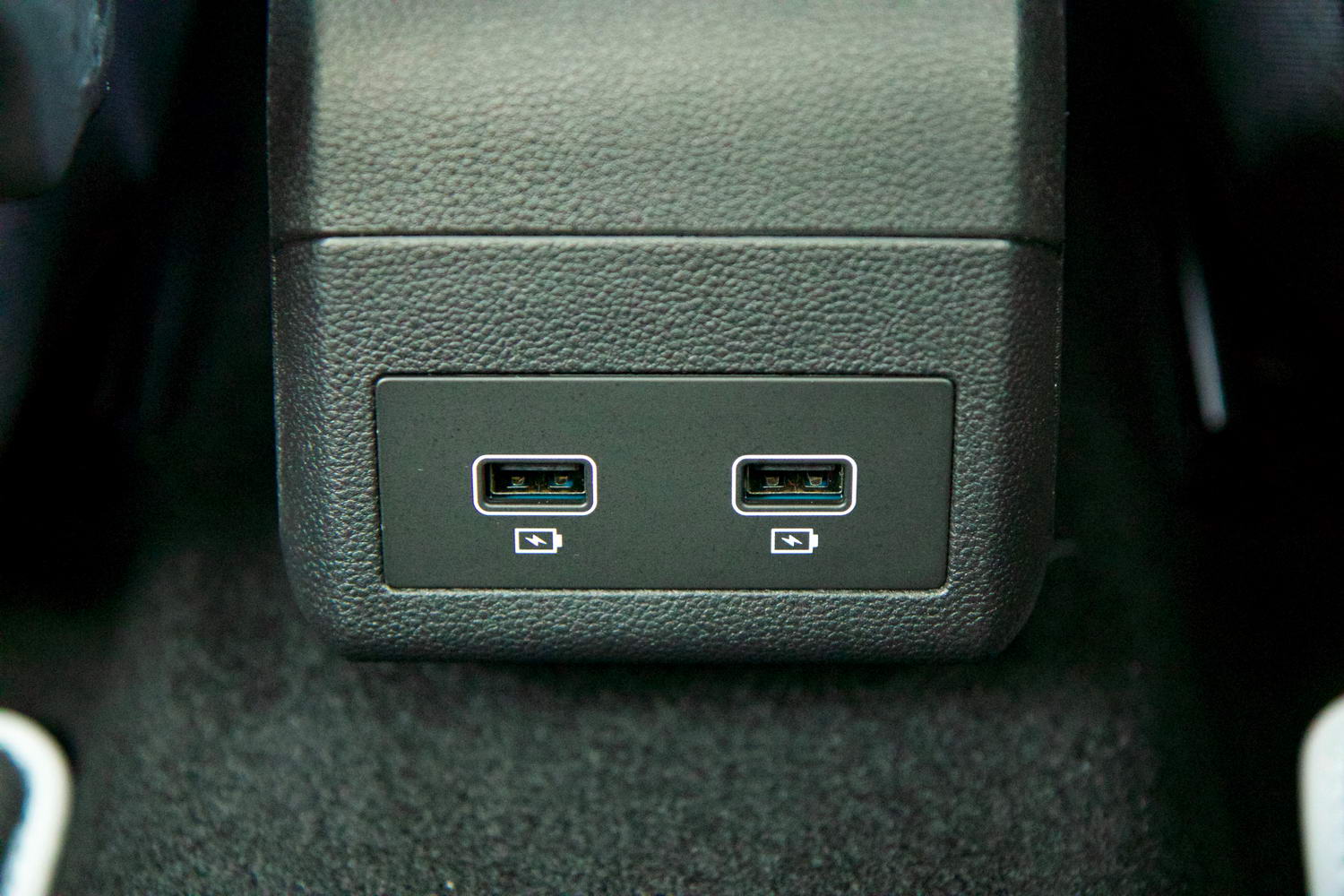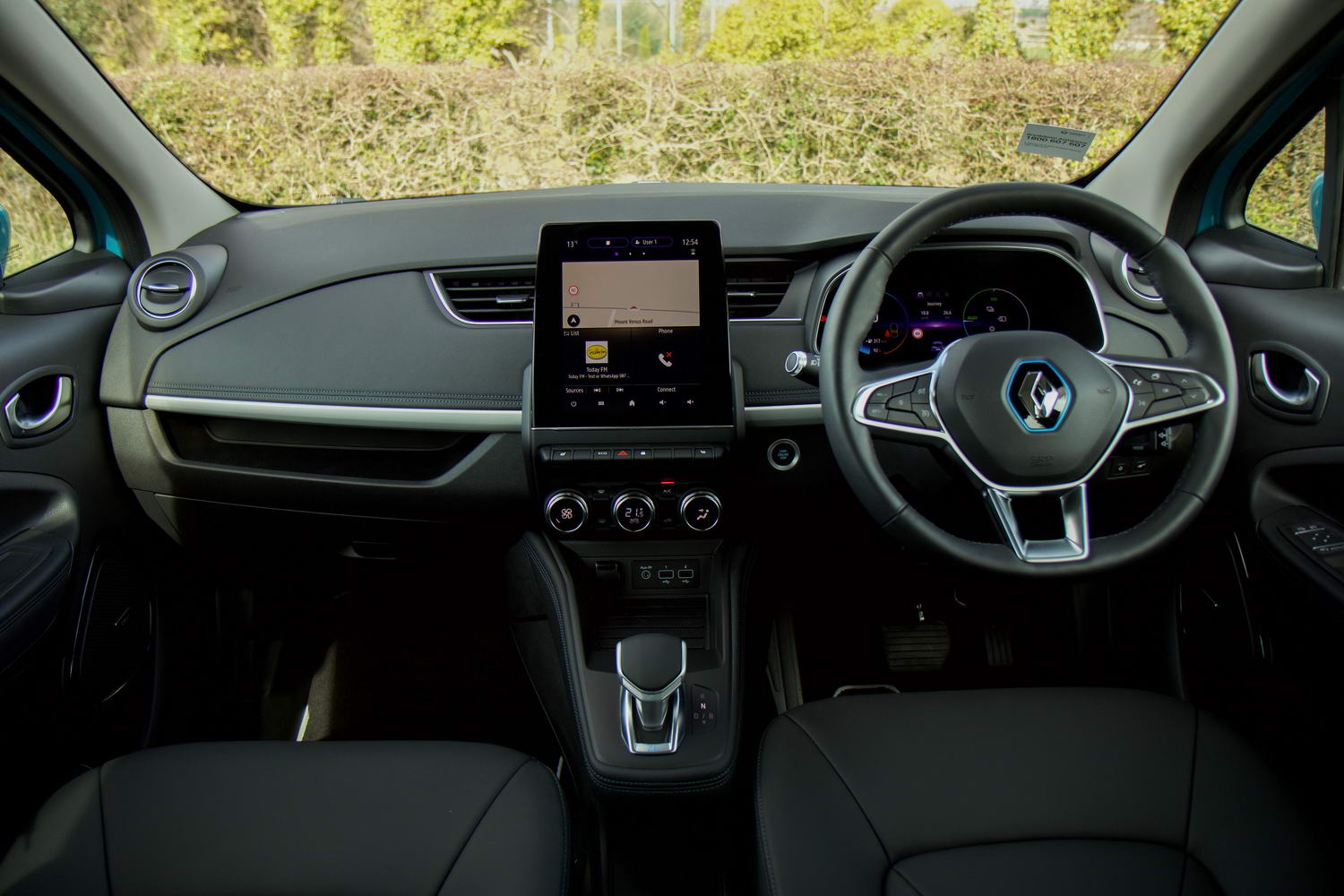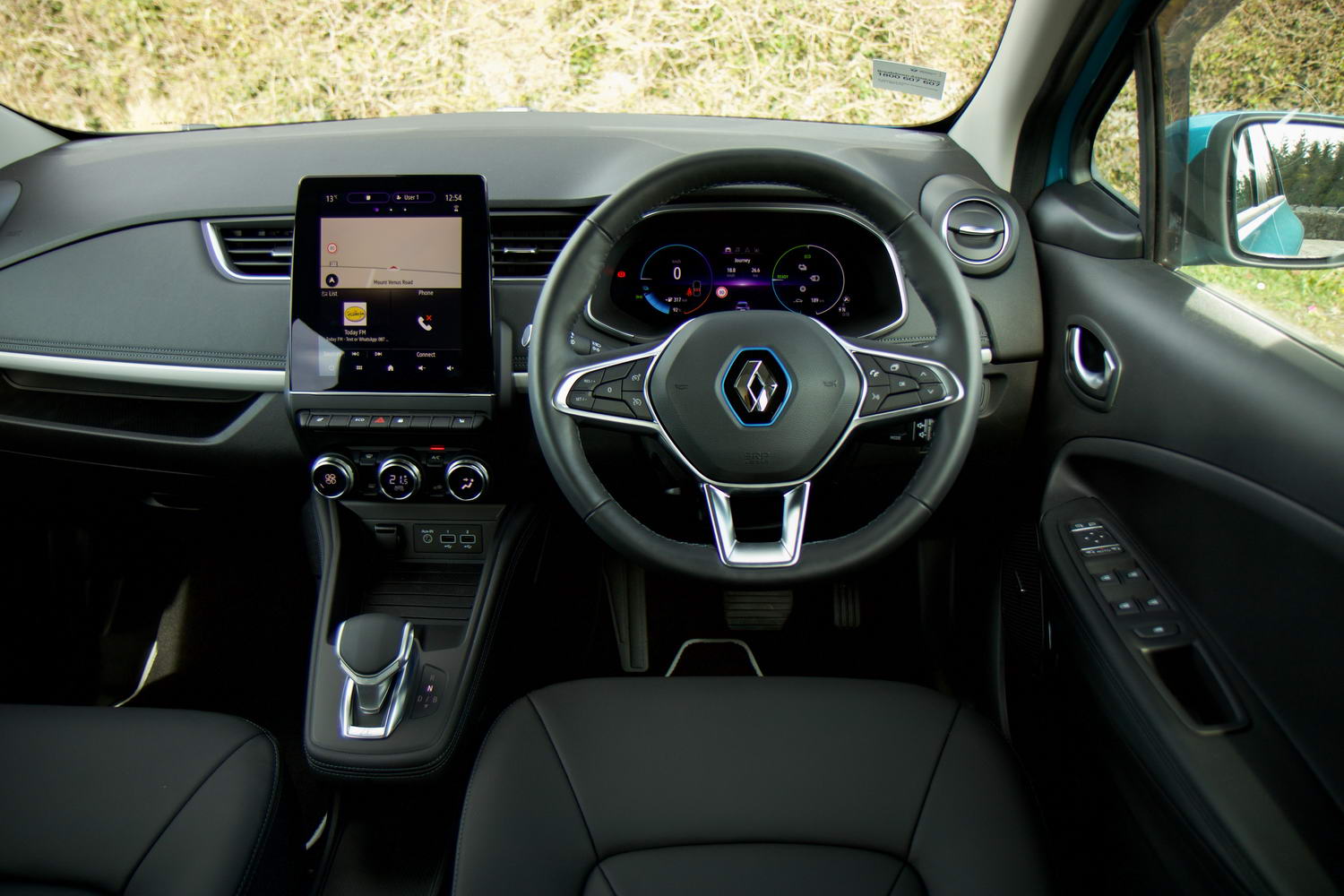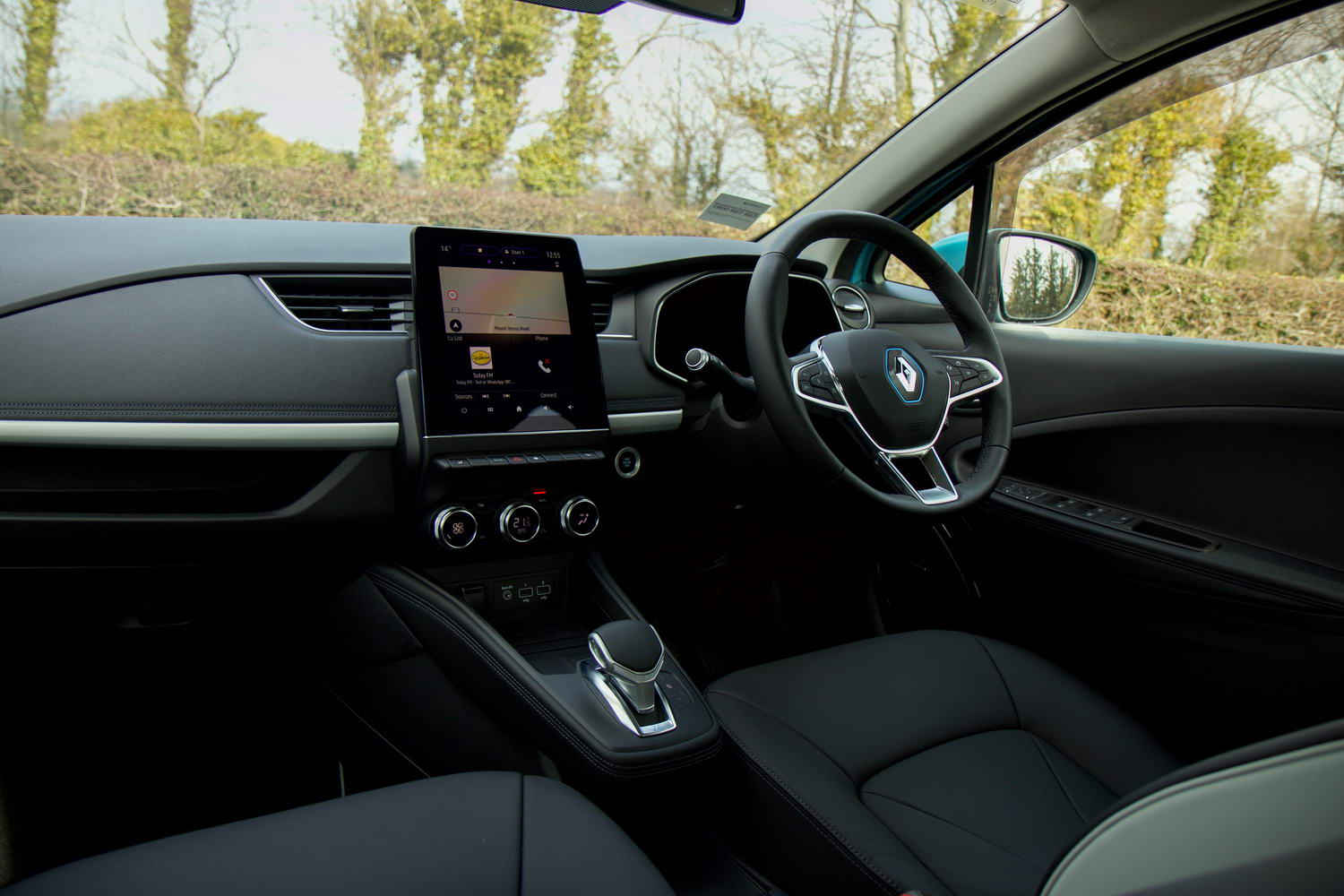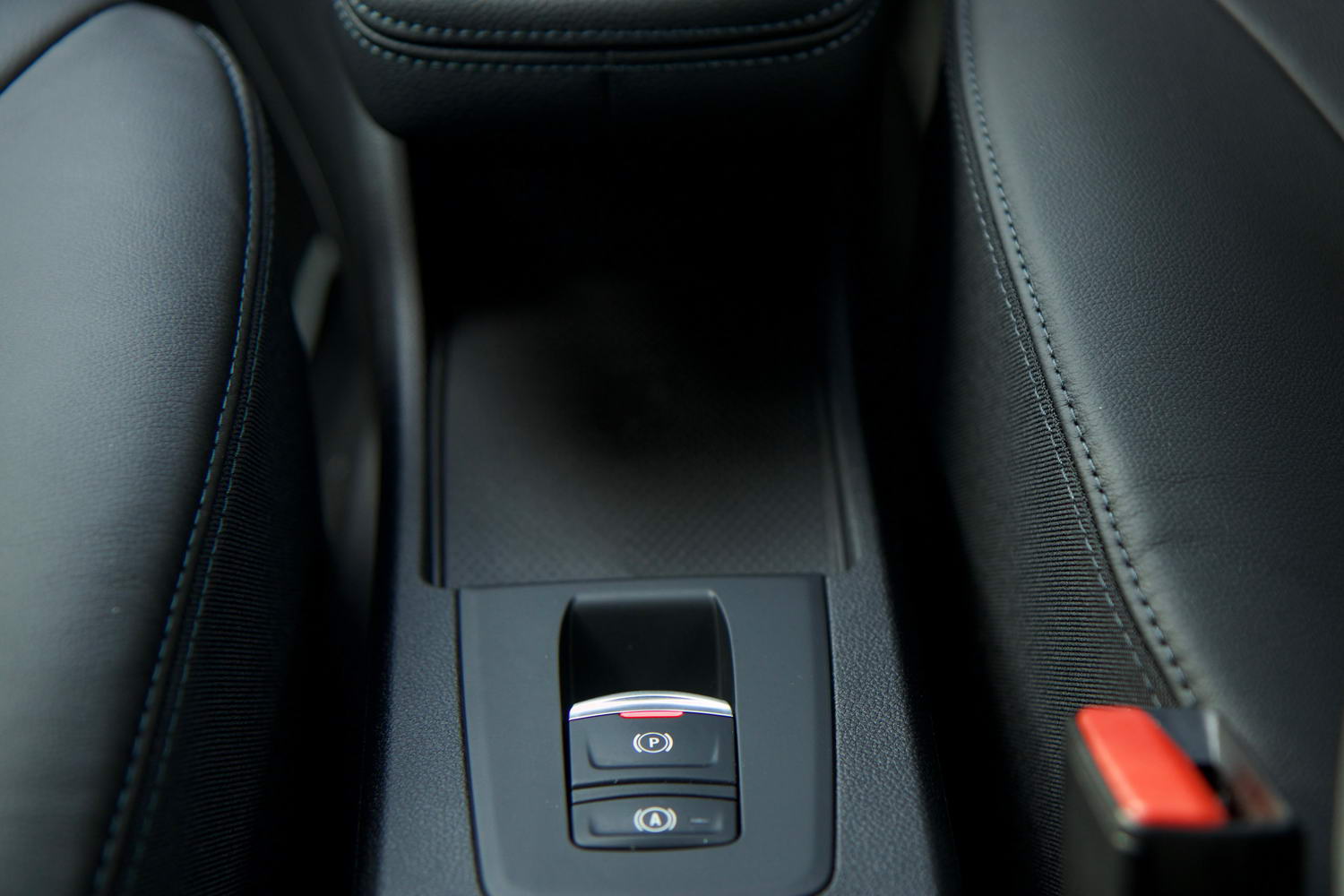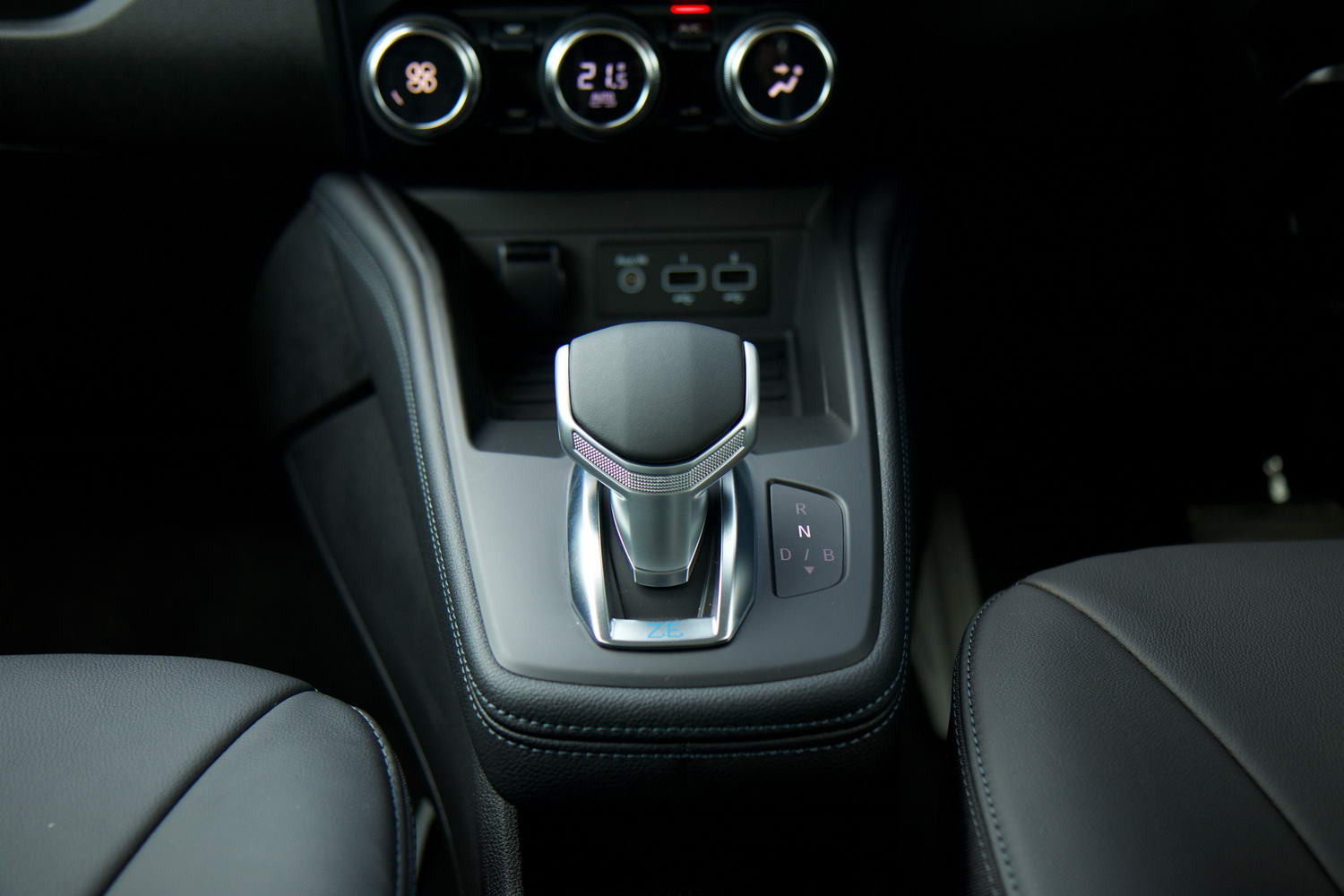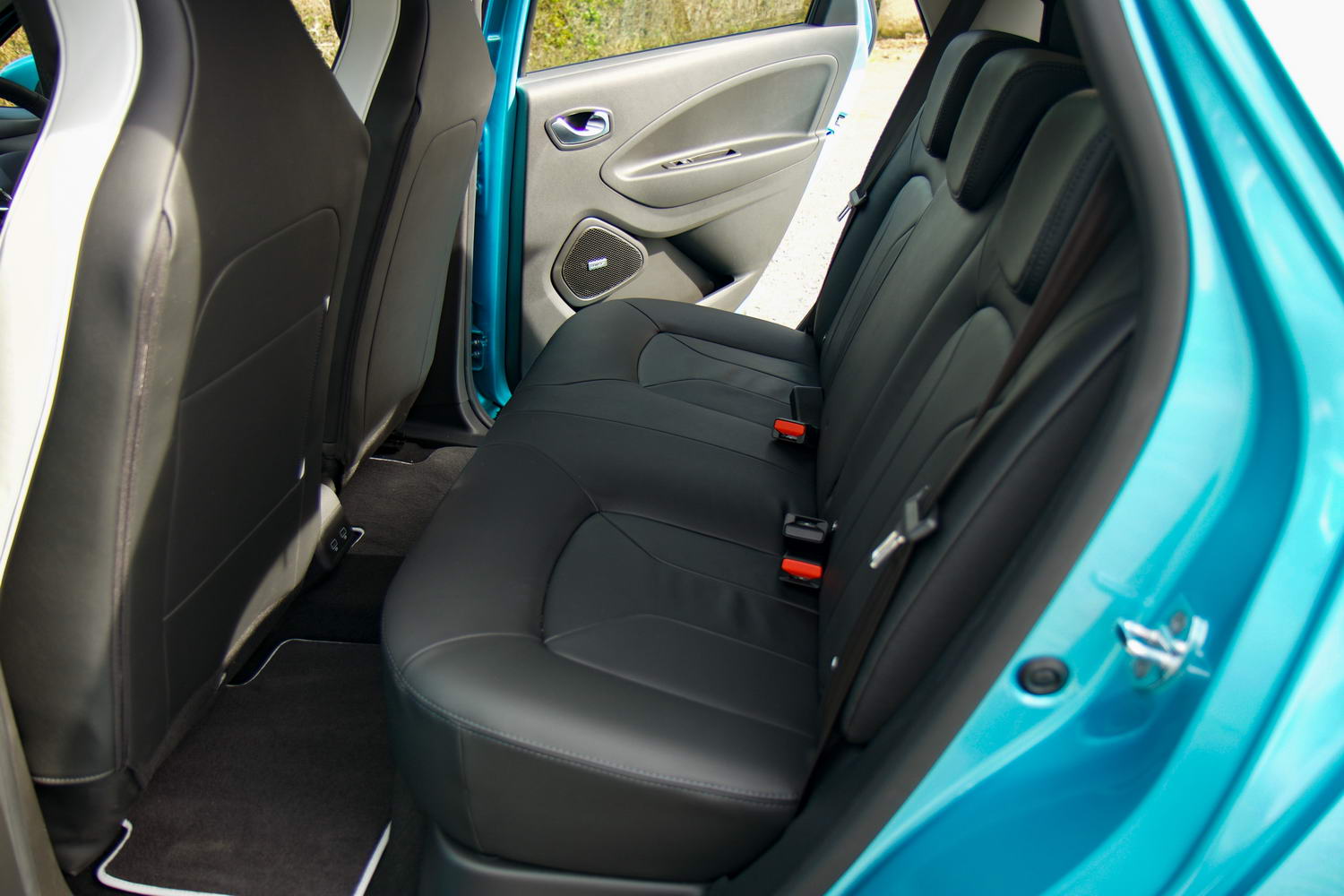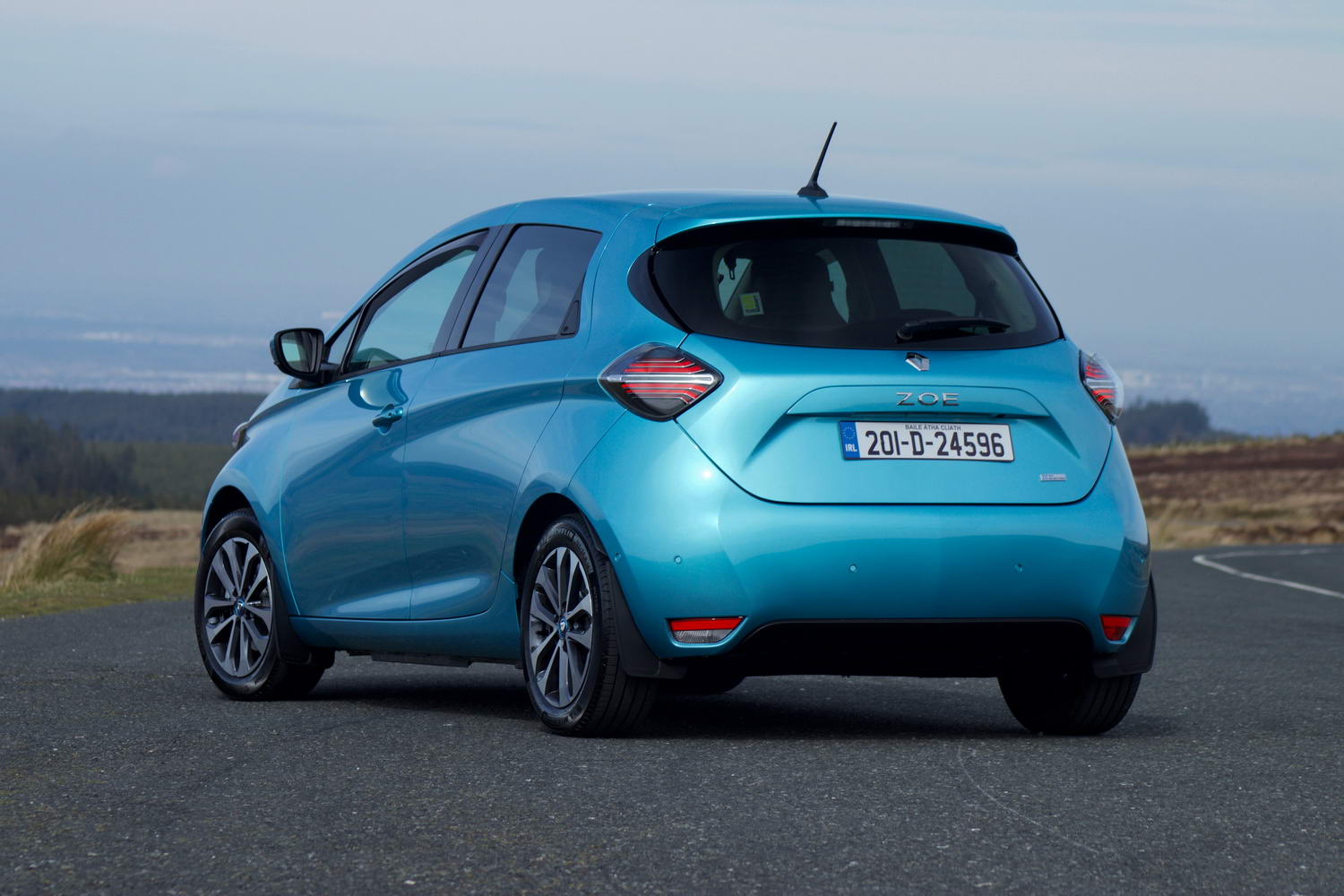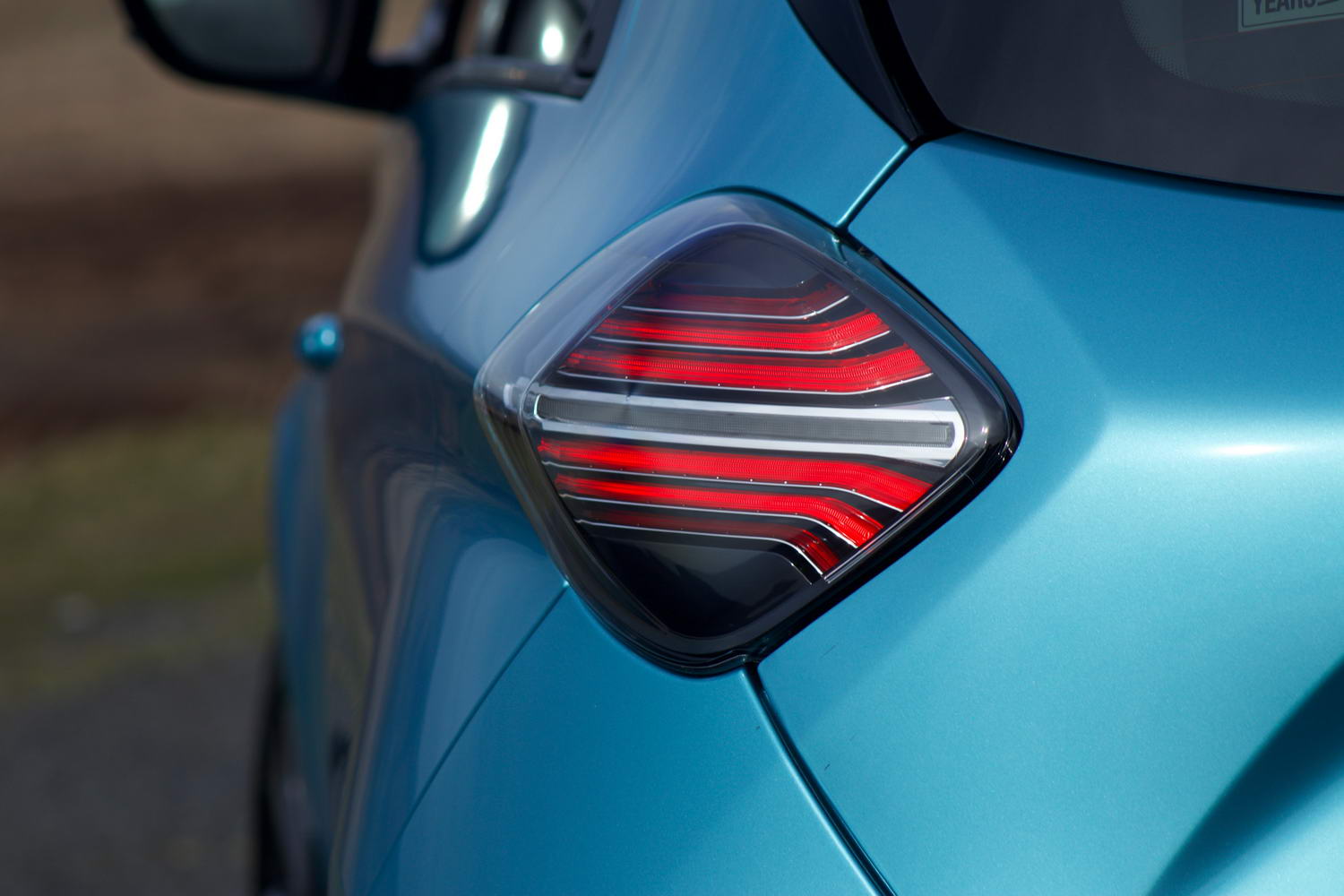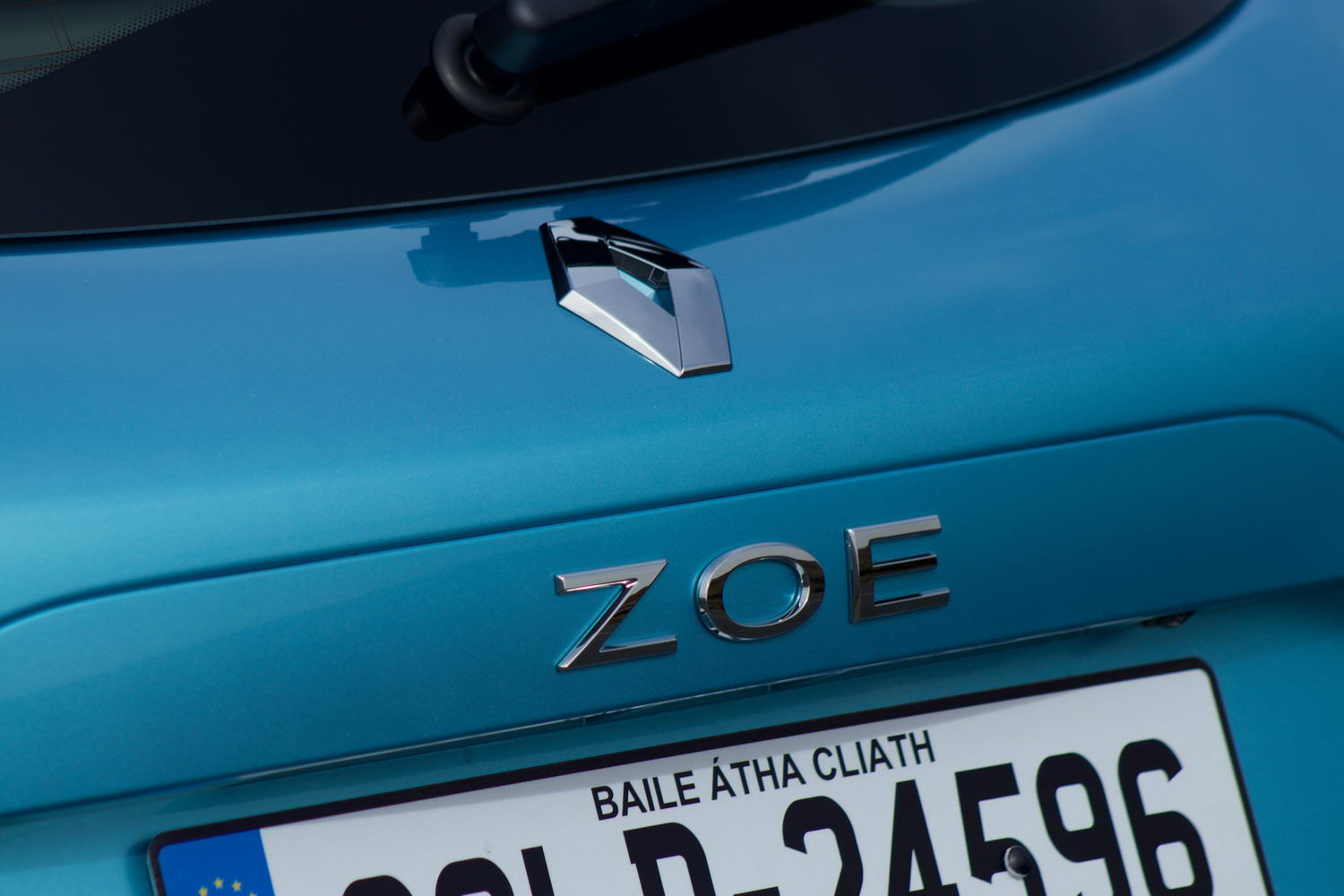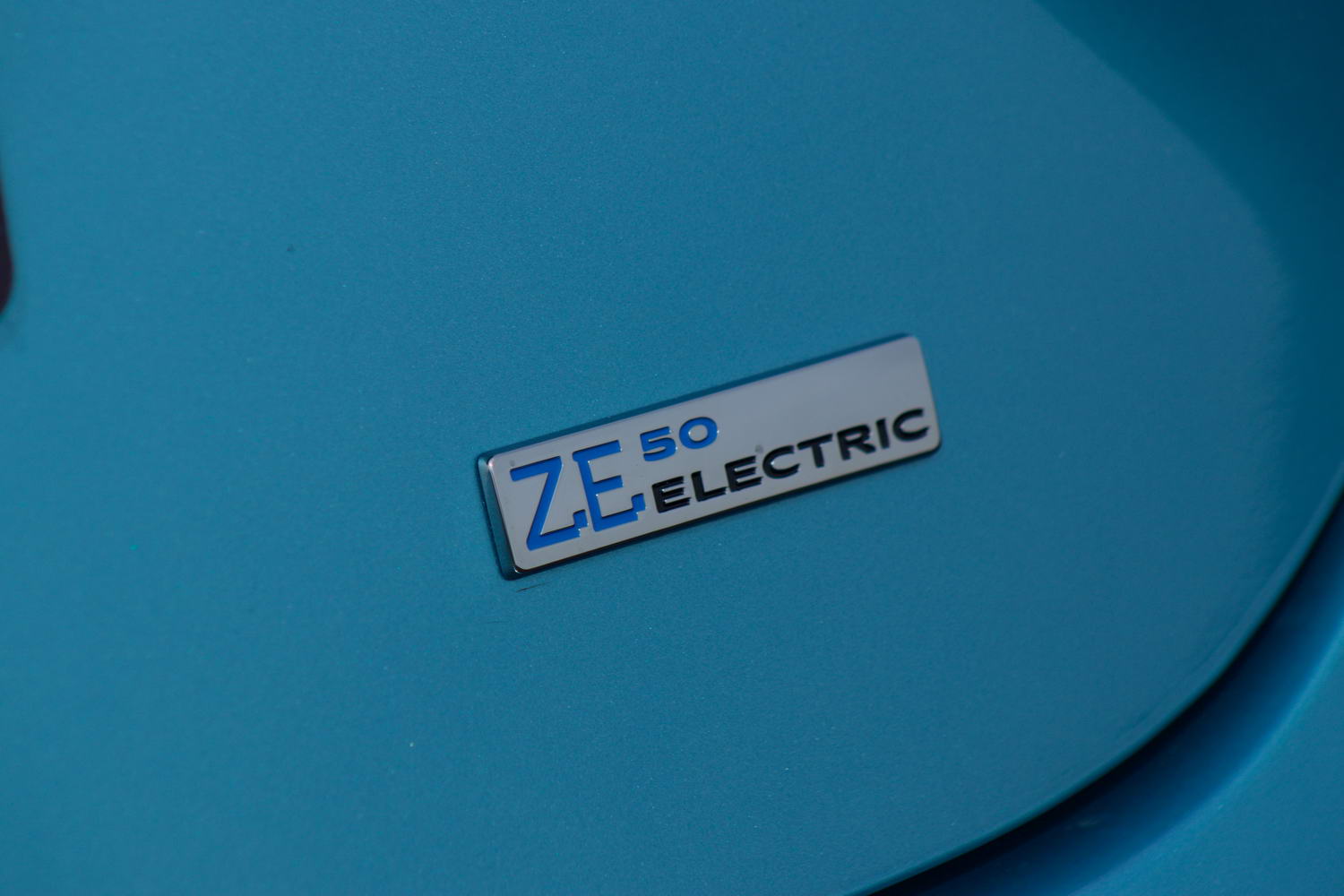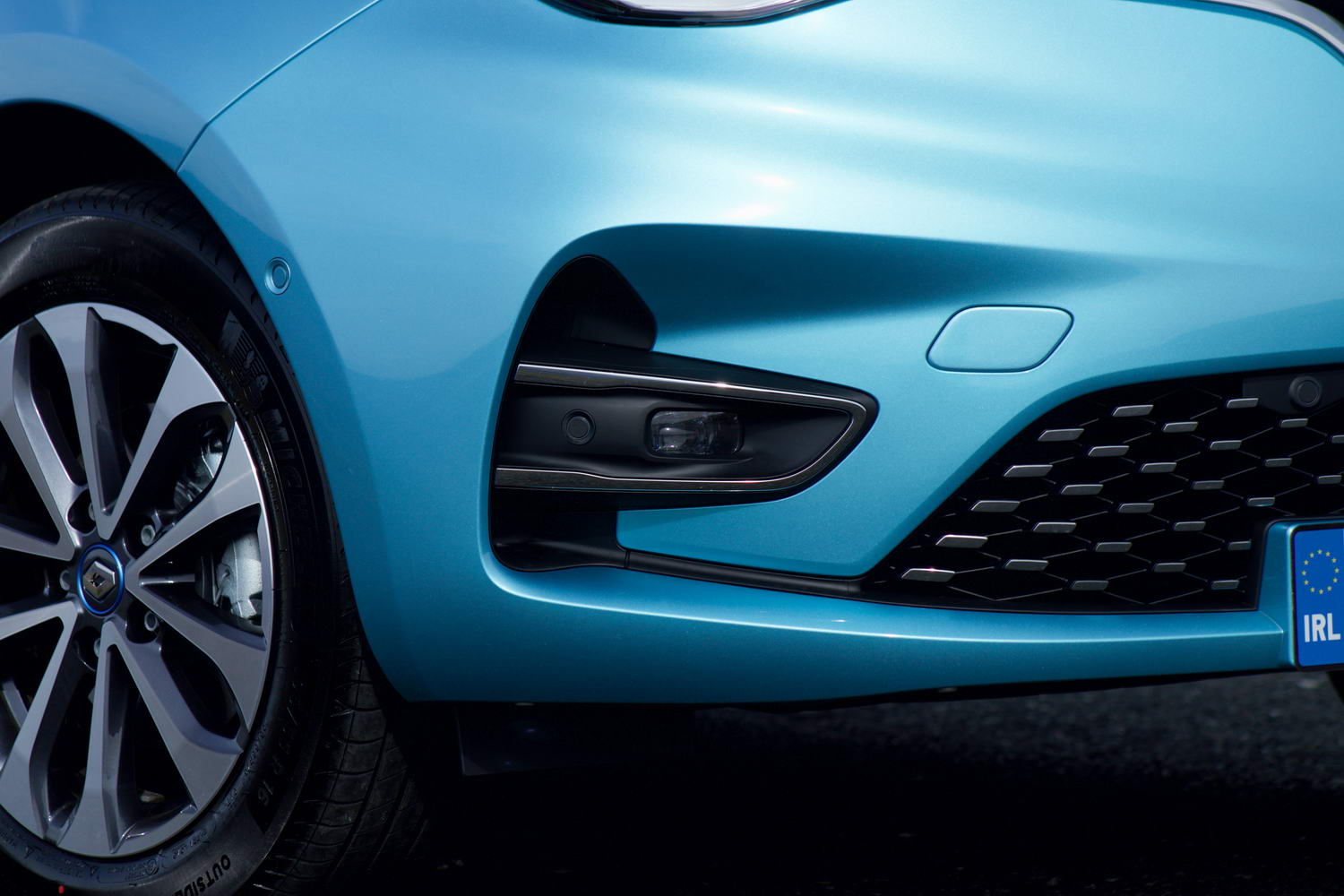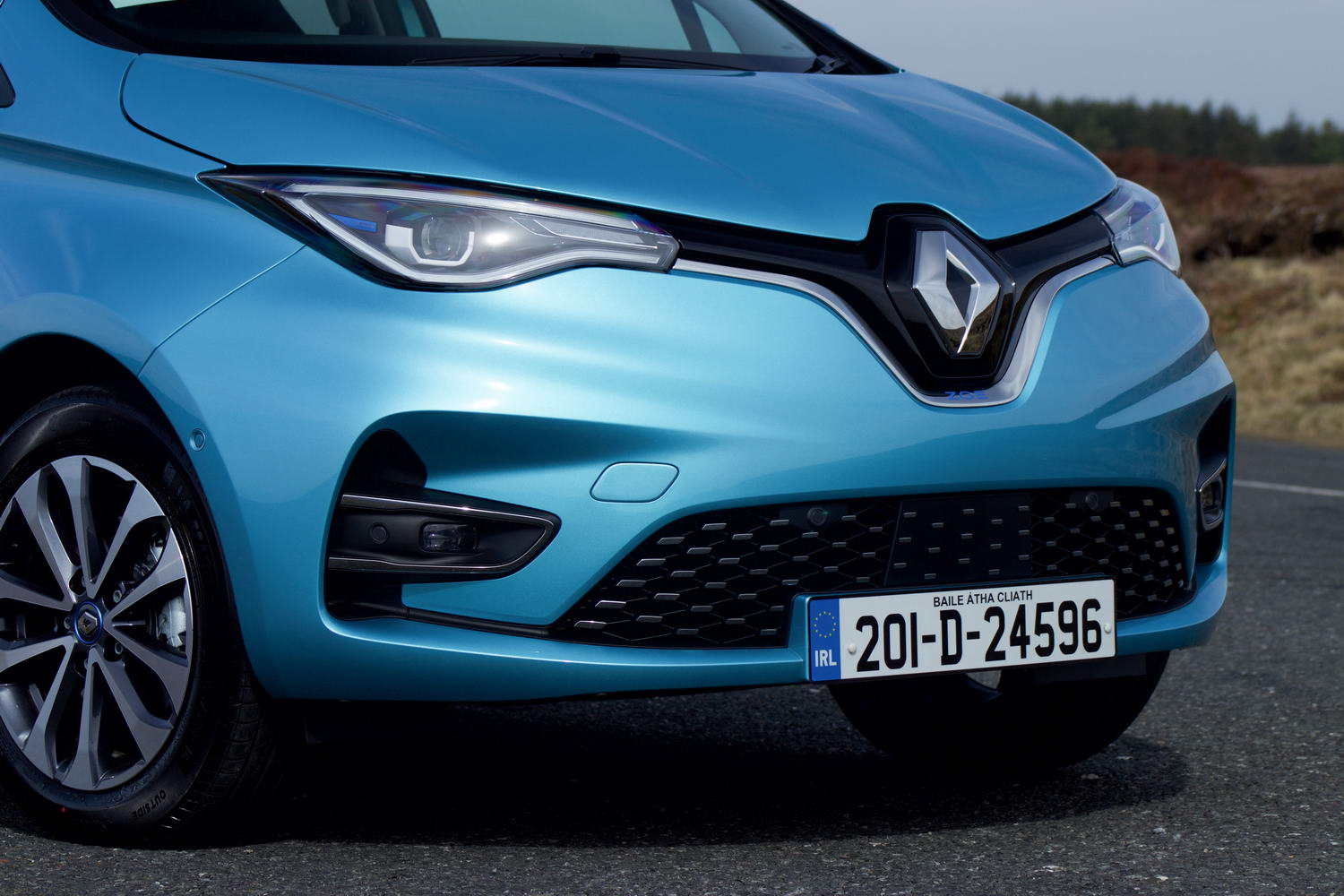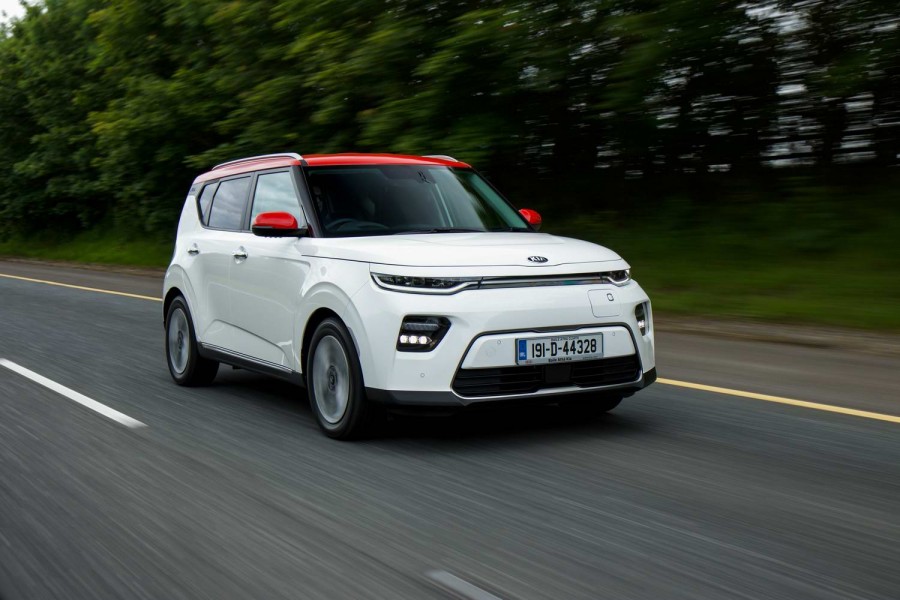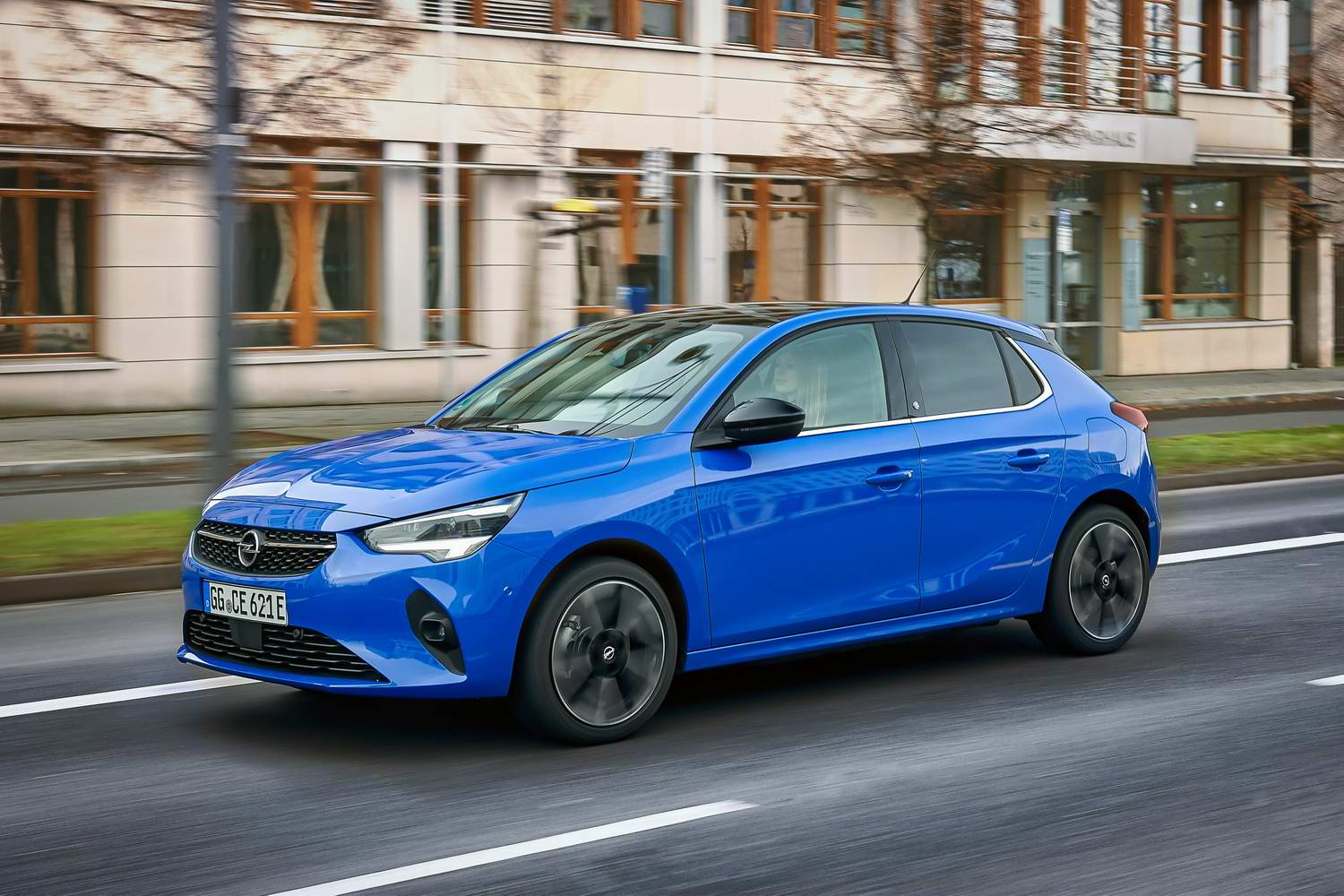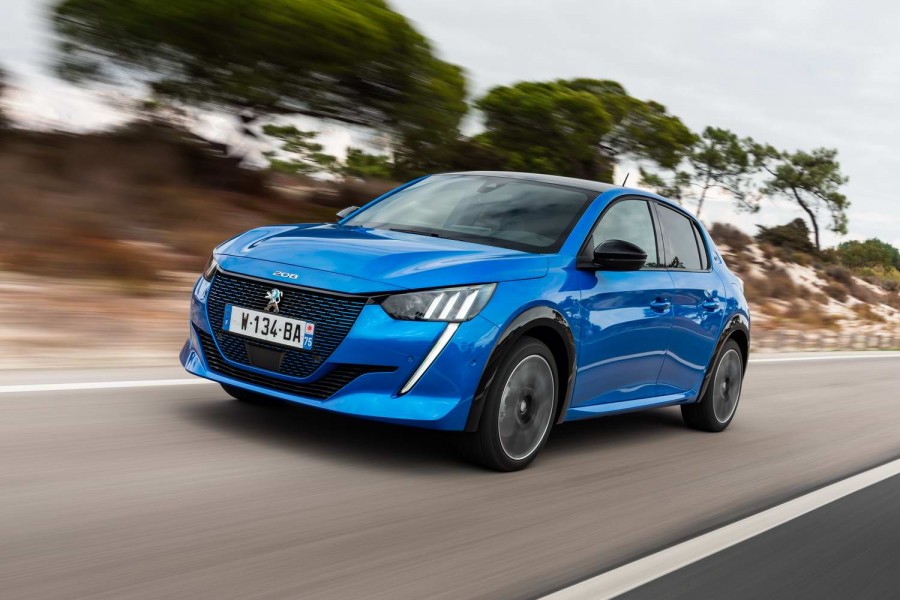What are you driving?
You're looking at the latest Renault Zoe electric supermini in its range-topping 'R135 Z.E. 50' guise, i.e. the one with the more powerful of the two electric motors that are available. It would be fair to call this model a facelift rather than an all-new car, but there are quite a lot of changes above and below the skin. Of most important note is the fitment of a 52kWh battery, a jump up from the previous 41kWh unit, resulting in a range of up to 395 kilometres. The more powerful motor in this R135 version brings with it a slight reduction in range to 386 kilometres, though that's still a very usable distance for most people, especially in a country the size of Ireland.
Renault Ireland rightly claims that the Zoe is the cheapest electric car on sale, though the €26,990 starting price is for the entry-level Play version, and if you want to avail of the new CCS fast-charger you'll have to pay for the mid-level Iconic spec and add it as an option, resulting in a price of €29,740.
Name its best bits
We're driving the more powerful R135 version here, which, as the name suggests, has a 135hp power output. That extra power enables faster acceleration, making it the best part of two seconds quicker to reach 100km/h from rest than the Zoe R110. Between lights in the city it's as brisk as you'd like and out on the motorway - not always an EV's happy place - that power sees the Zoe clip along comfortably without seeming to use a huge amount of energy.
That 50kW DC fast-charger is a nice-to-have feature, but the Zoe is already equipped with a Chameleon charger, enabling it to better exploit the more widely available network of 22kW public chargers. That's still good enough to add up to 125 kilometres of range in an hour. Even staying away from the public chargers and sticking with home use, a 7kW domestic wallbox will fully charge the Renault in 9 hours 25 minutes and, with that long range, the need to plug in becomes less frequent.
While the exterior isn't all that different, the new face of the Zoe is a welcome change, though we liked the original look just as much. Where Renault has made the bigger improvement is inside. Now, this review is of the range-topping GT Line version, so it features the larger 9.3-inch touchscreen display that is in a portrait orientation, which effectively makes it seem like double the size (or height) of the standard display. We've criticised Renault's touchscreens in recent years, but this one is an improvement and the location of some physical buttons below are equally welcome. As is the area below it, which makes for a handy storage space for keys, wallet, purse or phone. Another welcome change is the new steering wheel design. It's a good size and now it sensibly houses the cruise control functions.
The Zoe is nice to drive even if it's not the most engaging driving experience. It doesn't lend itself to feeling sporty in the way that other small EVs such as the MINI Electric do, but we don't think many Zoe buyers will be that bothered by this aspect. Its suspension copes well with the everyday stuff such as speed humps and, as we mentioned earlier, the R135 model is adequately quick.
Anything that bugs you?
Spend any amount of time at higher speeds and the lack of sound insulation in the doors becomes more apparent. In one instance I kept checking that the driver's door window hadn't been left down just a crack. We'd also encourage taller drivers to ensure that they can find a comfortable driving position before buying a Zoe, as there isn't any height adjustment available. The headroom is fine for average drivers, but some will have to play around with the steering wheel adjustment to find a comfortable position, and even then you often feel like you're sitting too high in the car. It's more like a crossover driving position, but in a small hatchback.
The centre console redesign and new drive selector look great, but as we discovered on the first drive during the car's launch, it has a cheap feel to its action. One related aspect that still takes some getting used to is there no longer a Park function; instead, when you power off, the electric parking brake automatically activates, which feels a little counter intuitive.
And why have you given it this rating?
Aside from a few minor annoyances, there is a heck of a lot to like about this latest Renault Zoe. The larger battery cements its position in the market as the best-value electric car there is with a relatively low price and good single-charge driving range. On top of that, whichever version you choose can do a decent job of getting the most of the public charging network.

